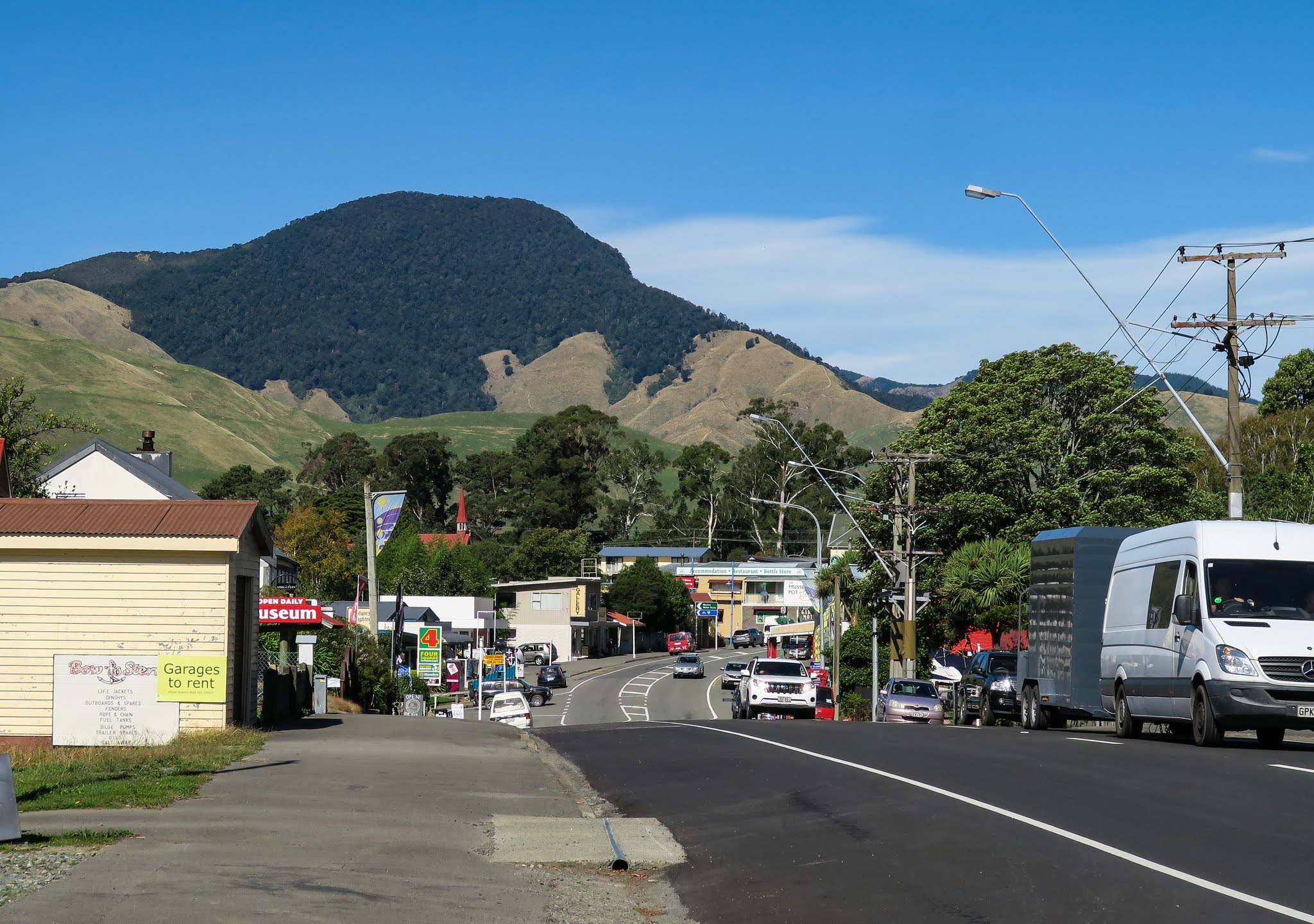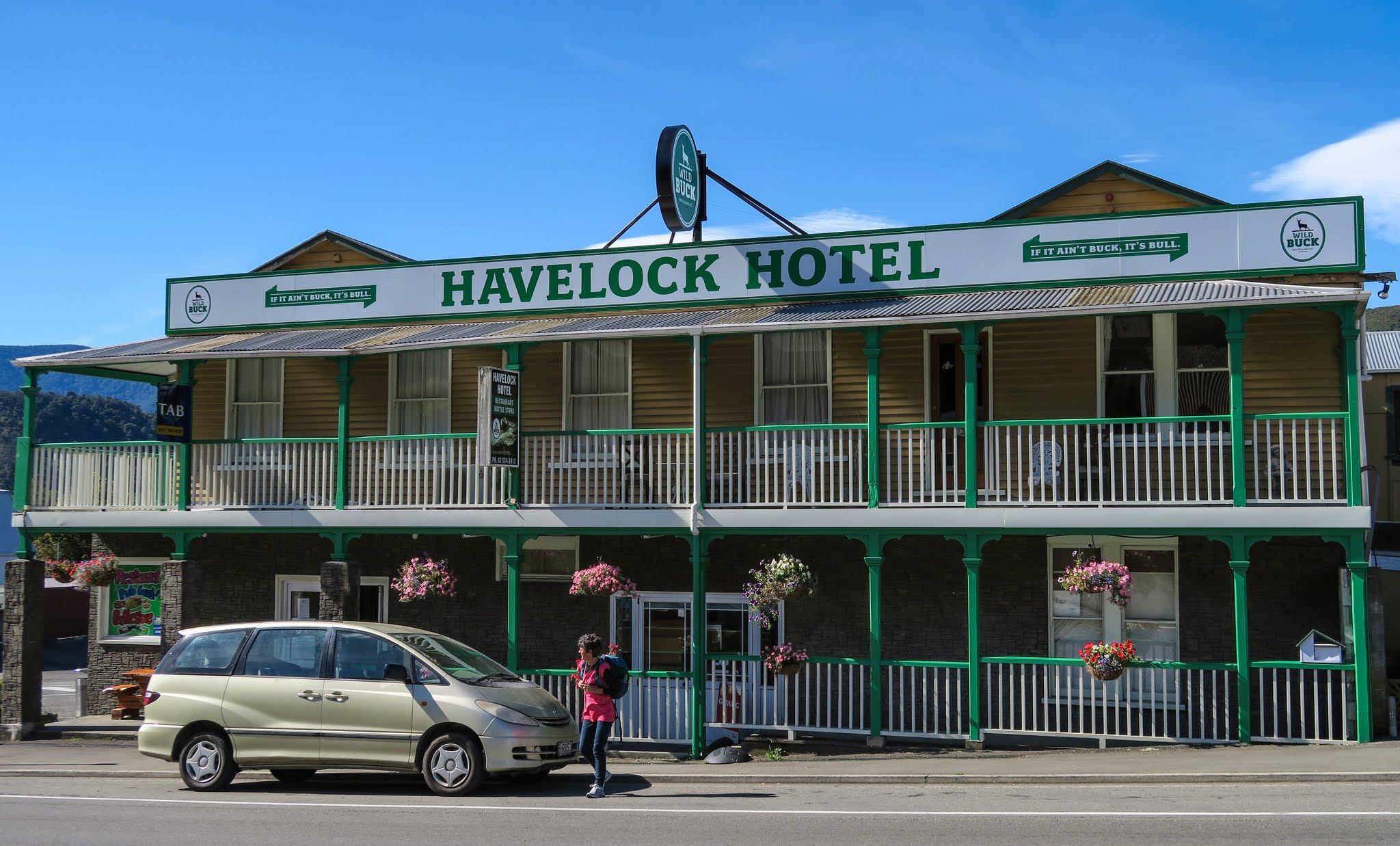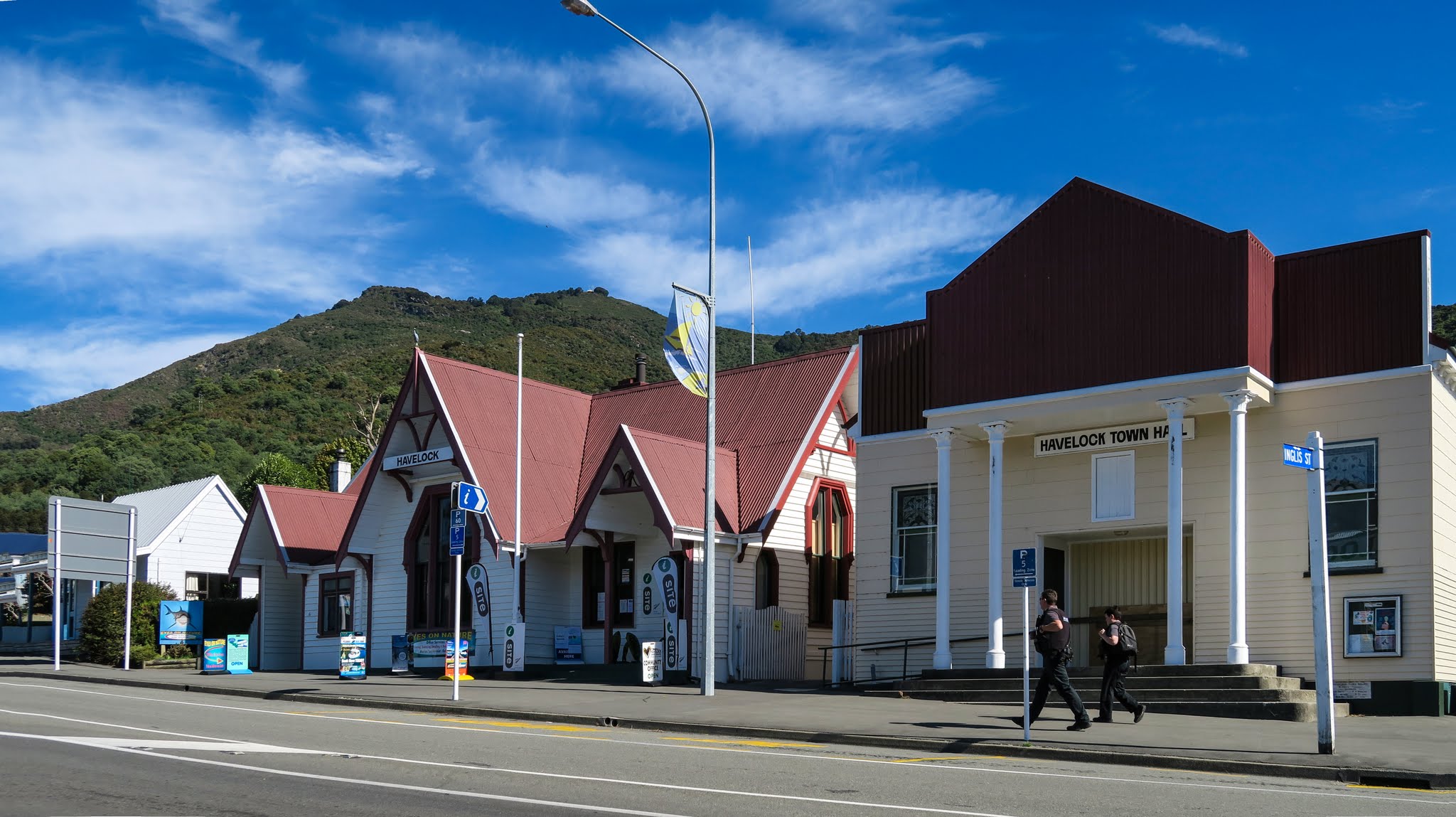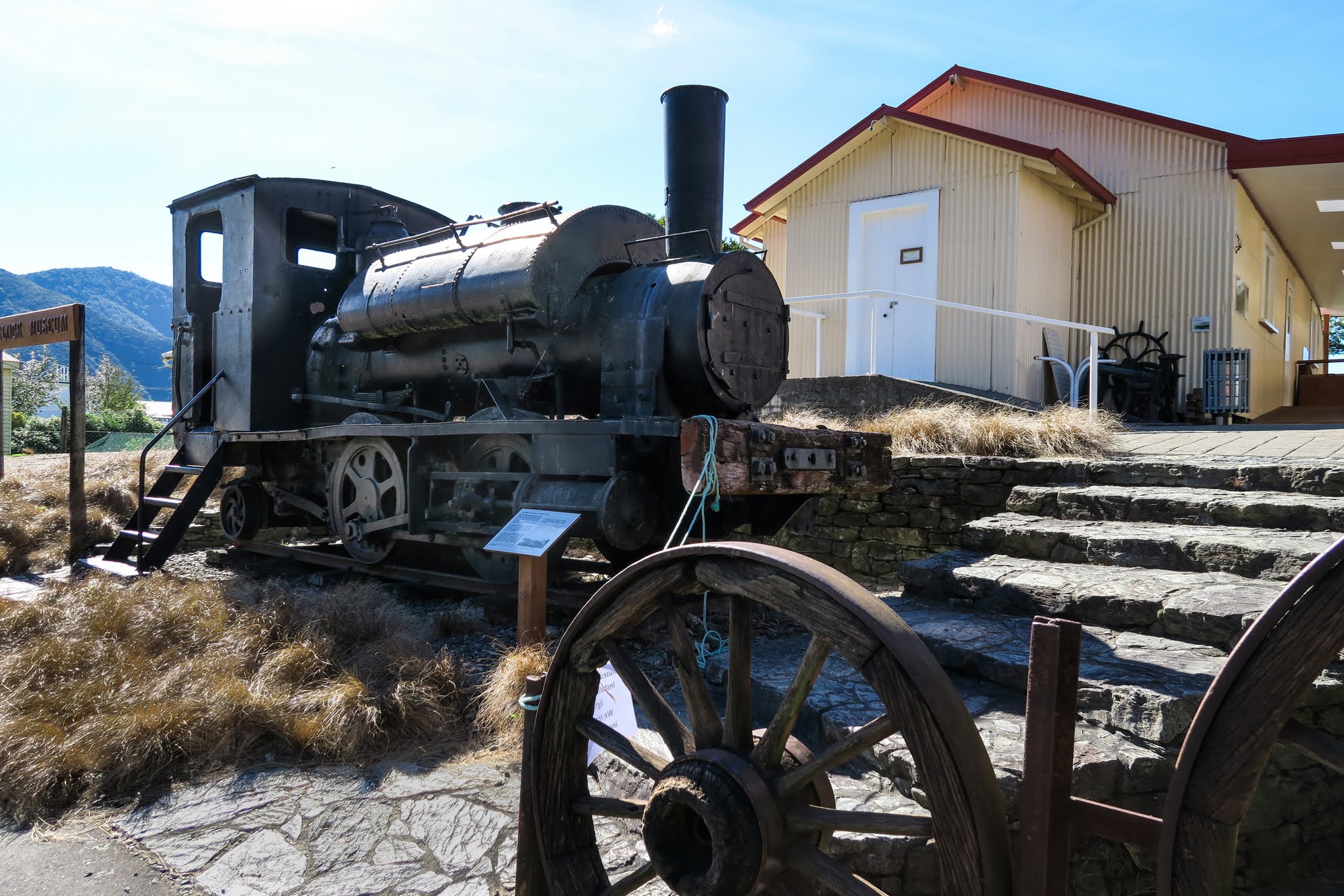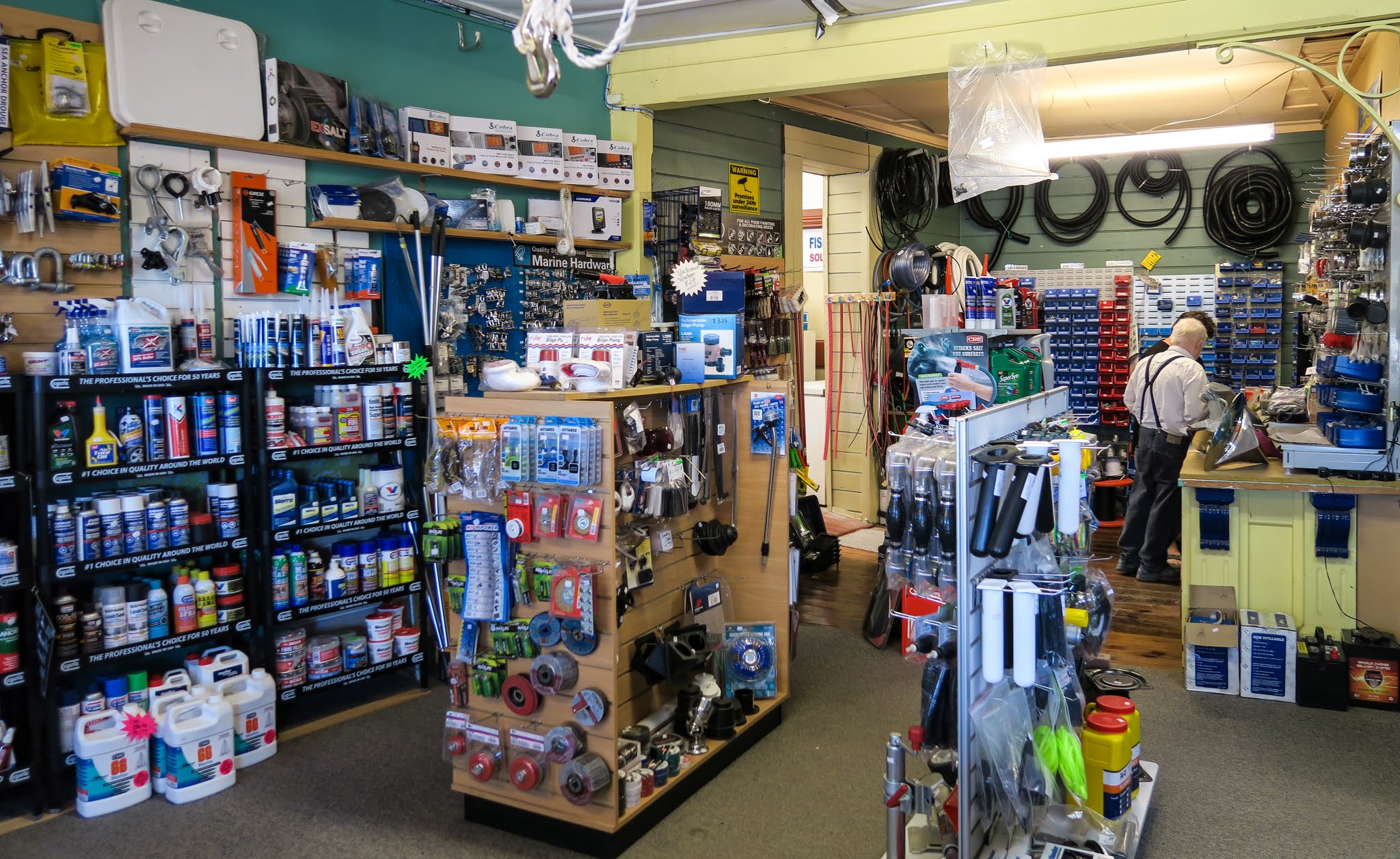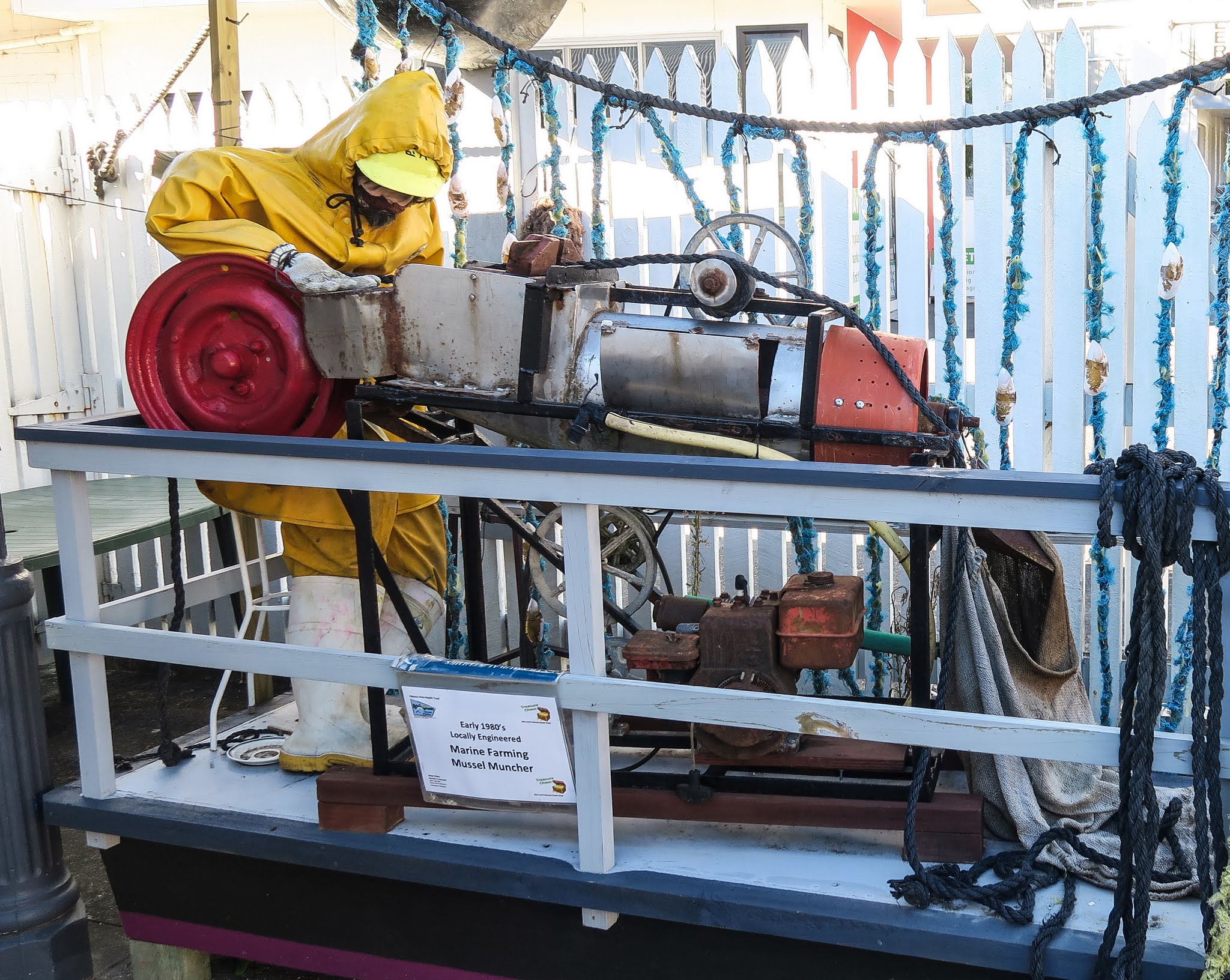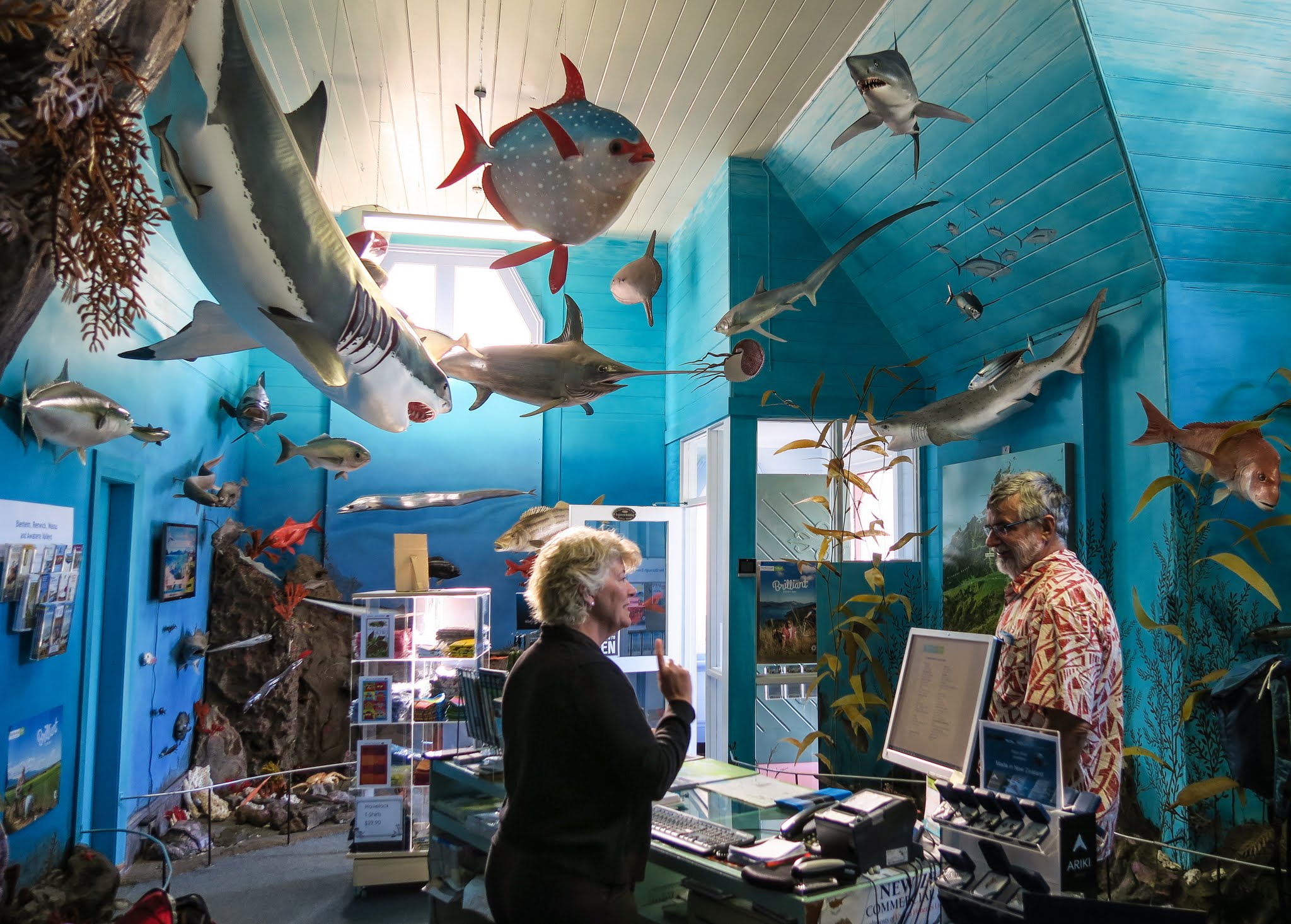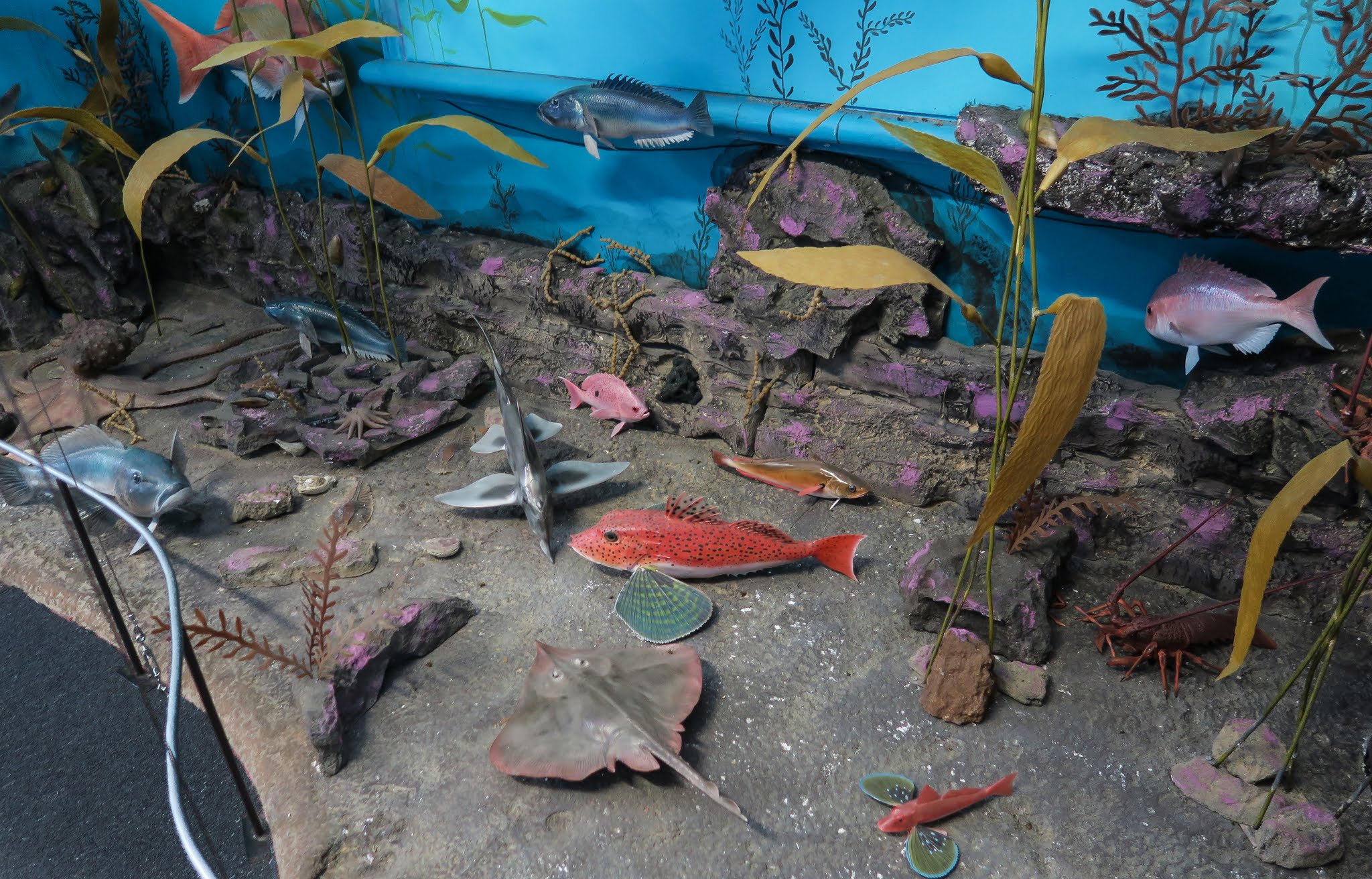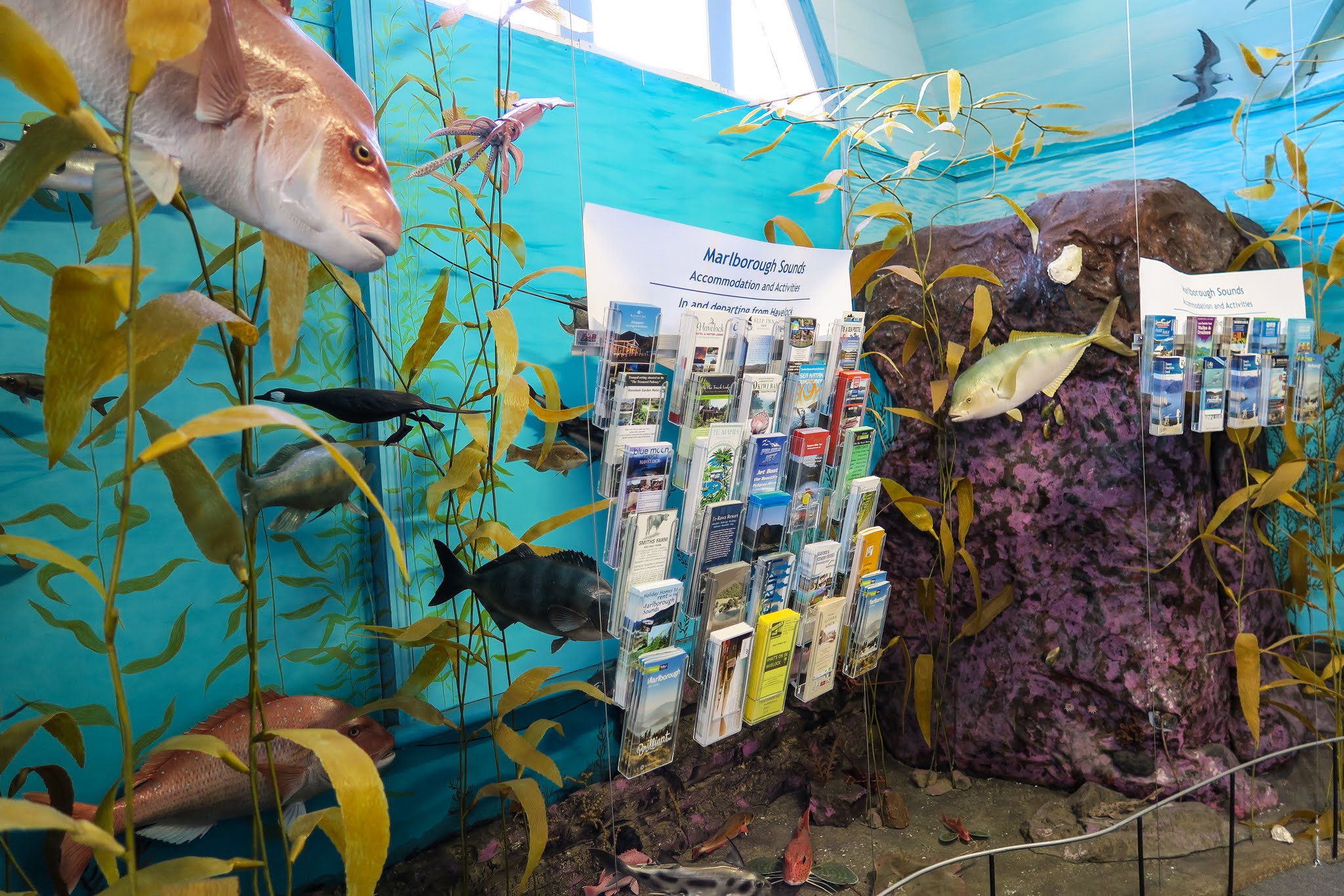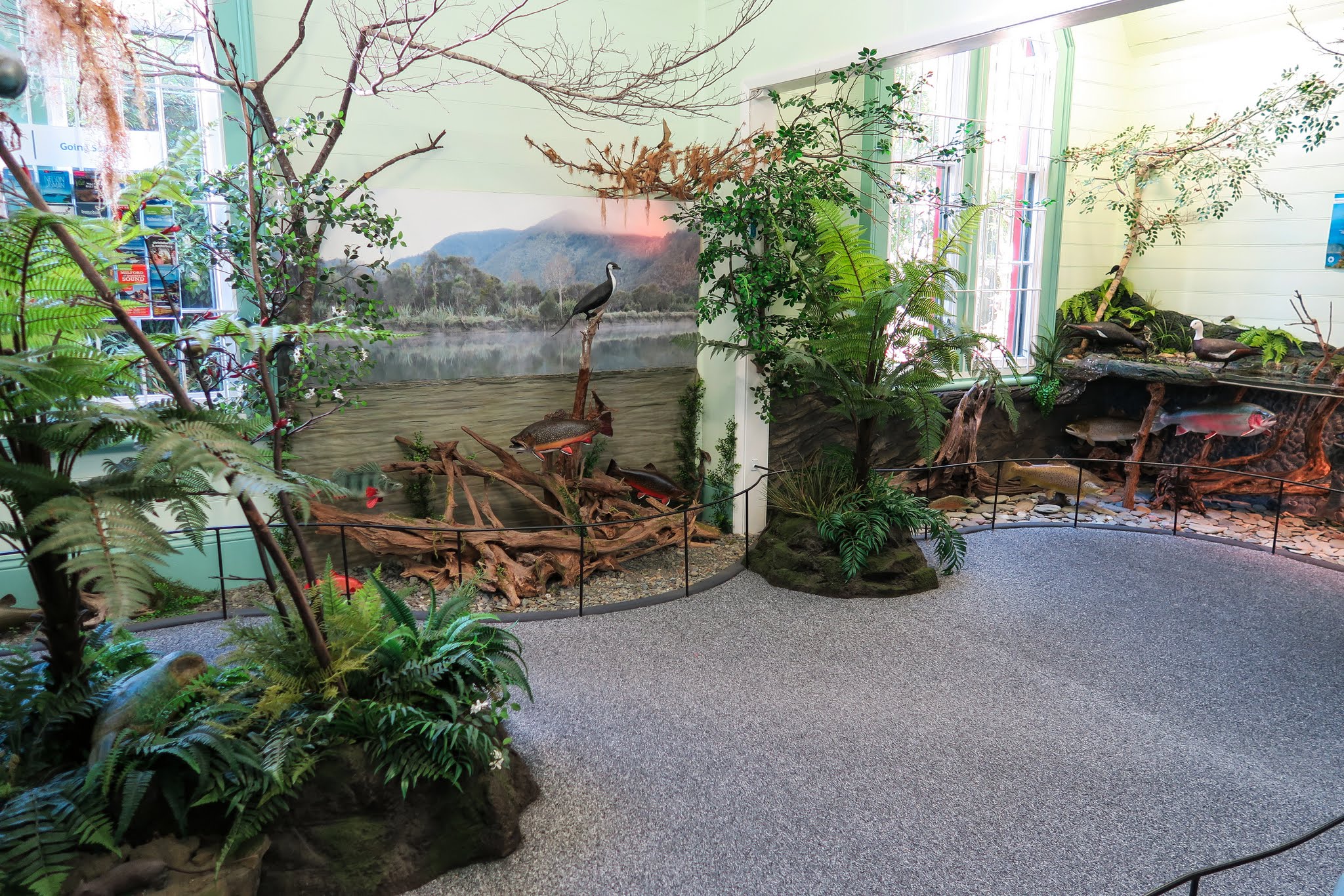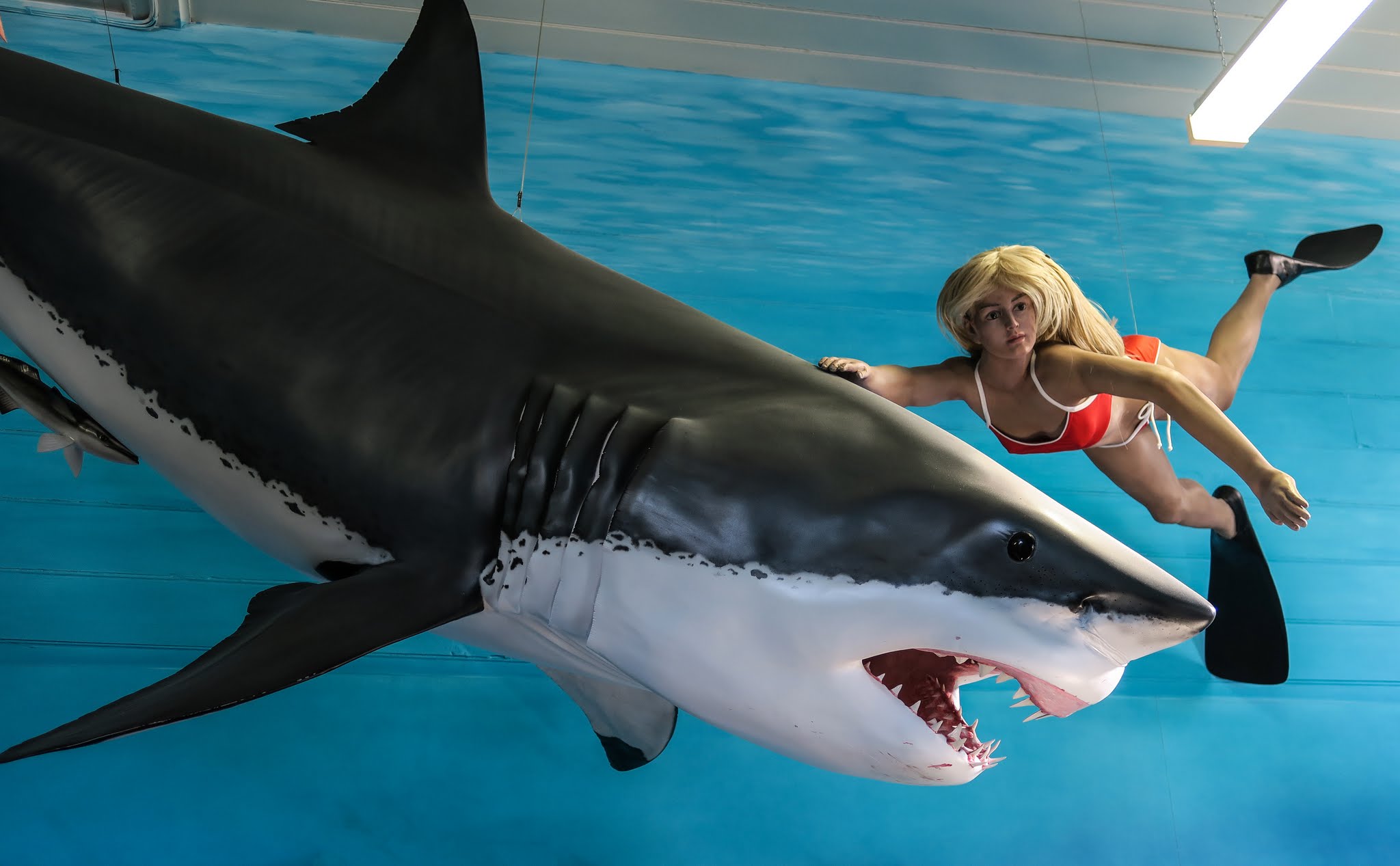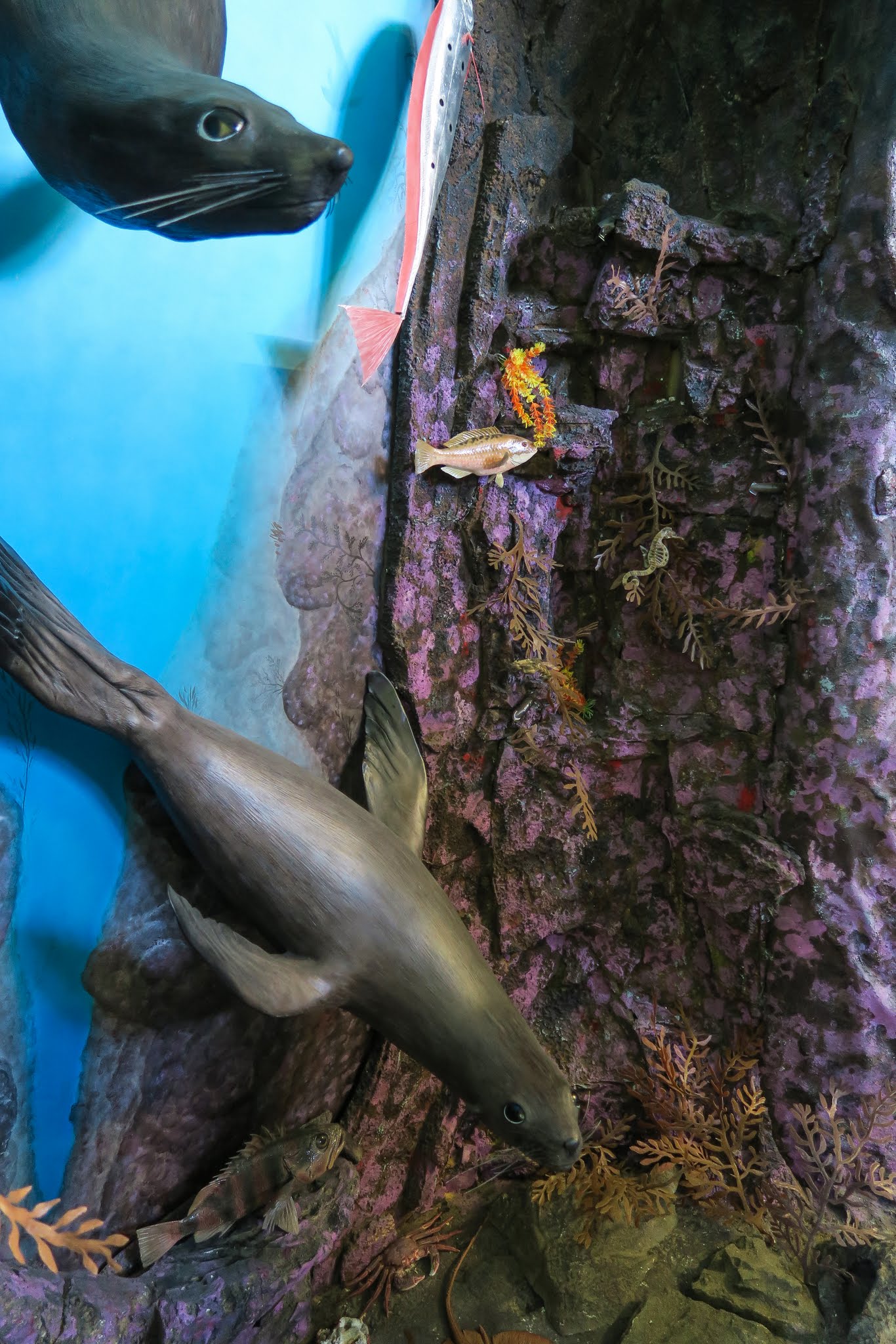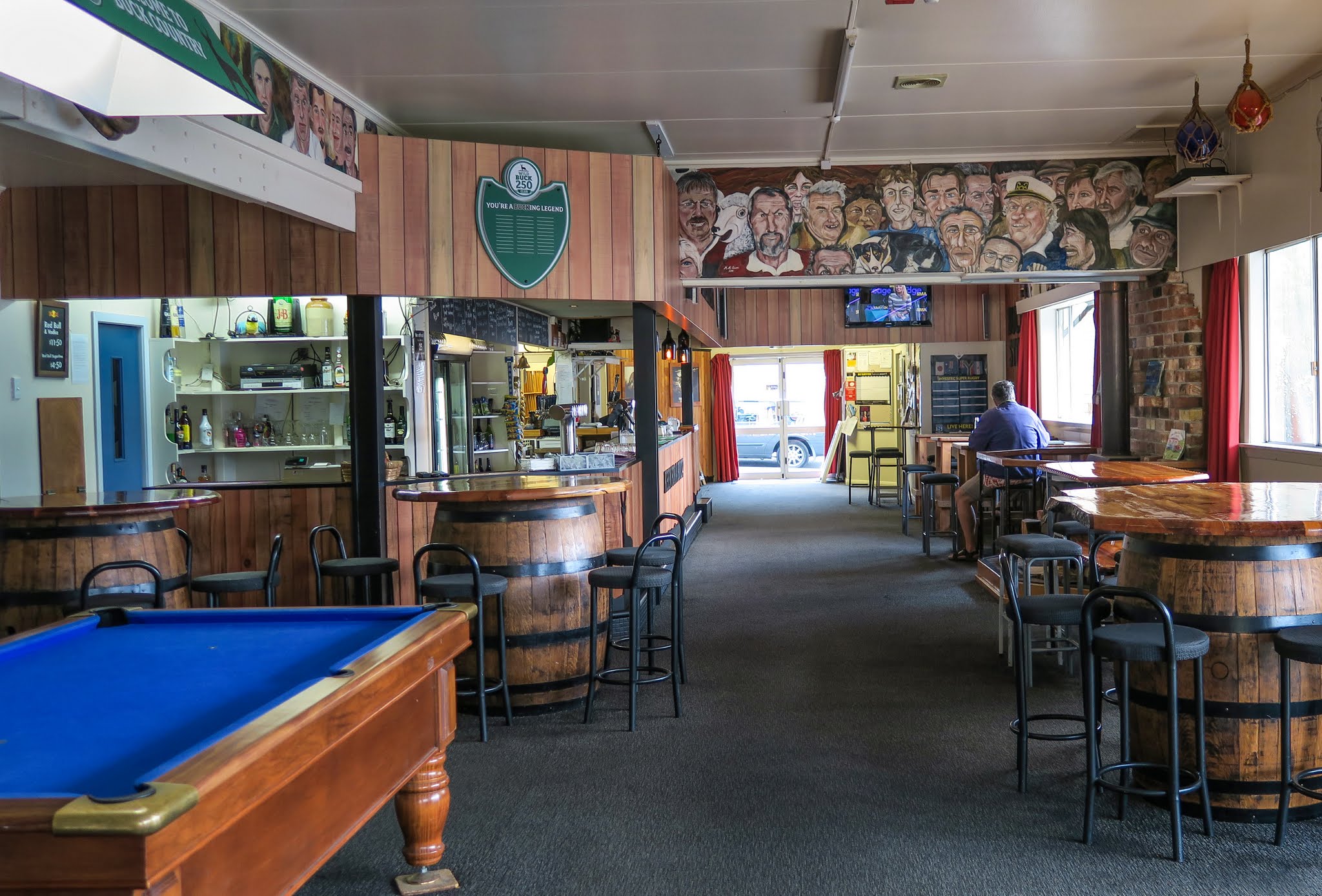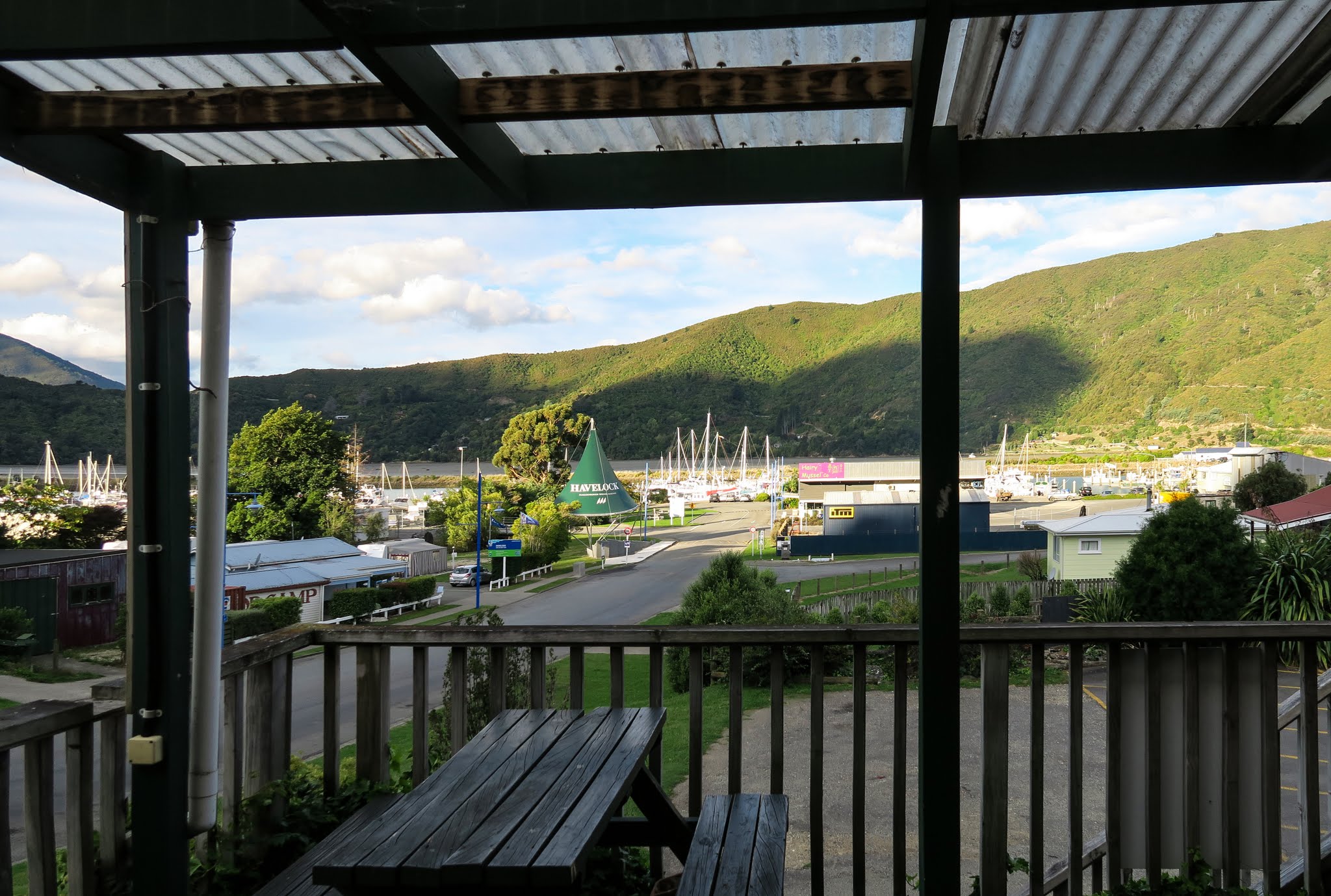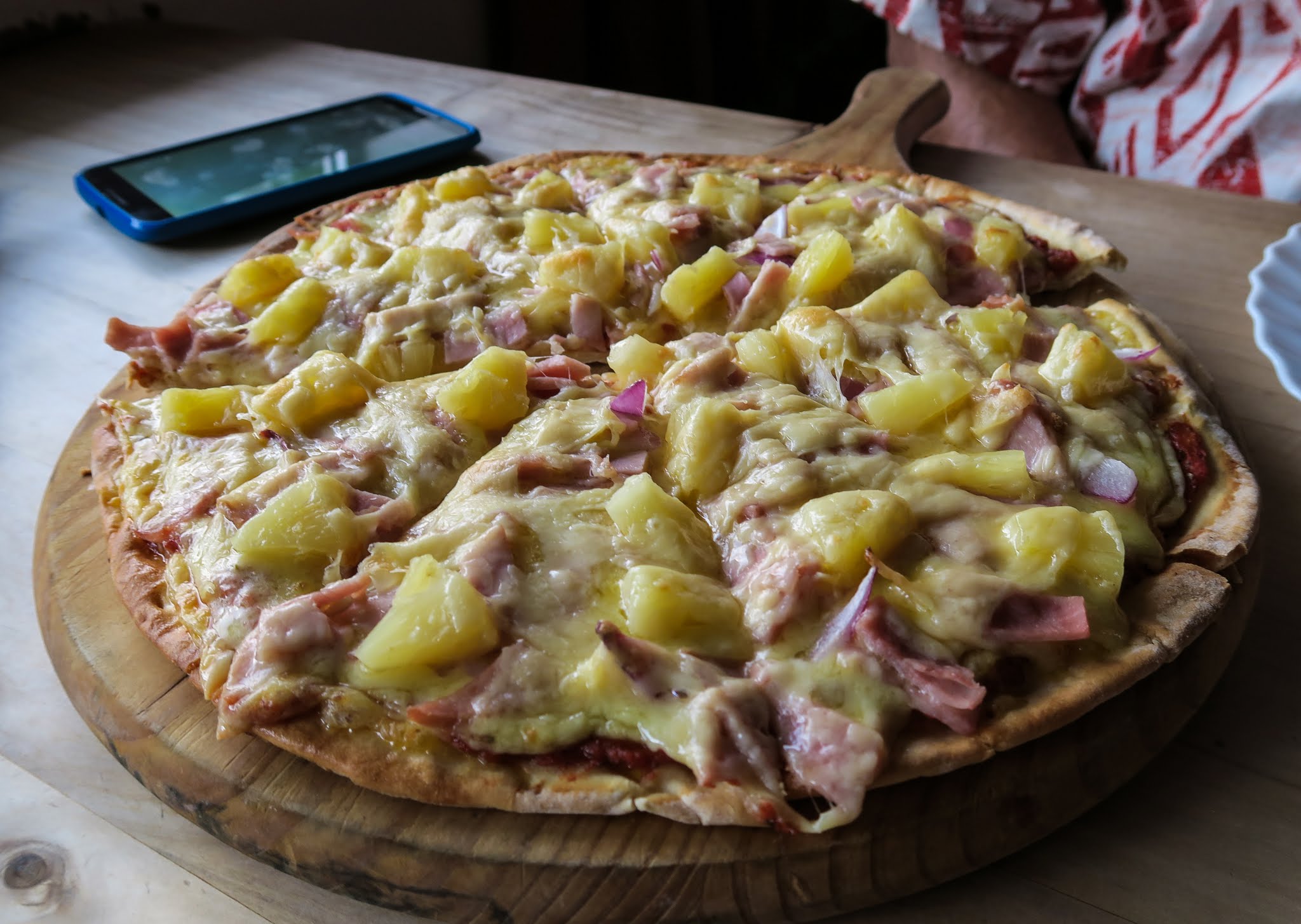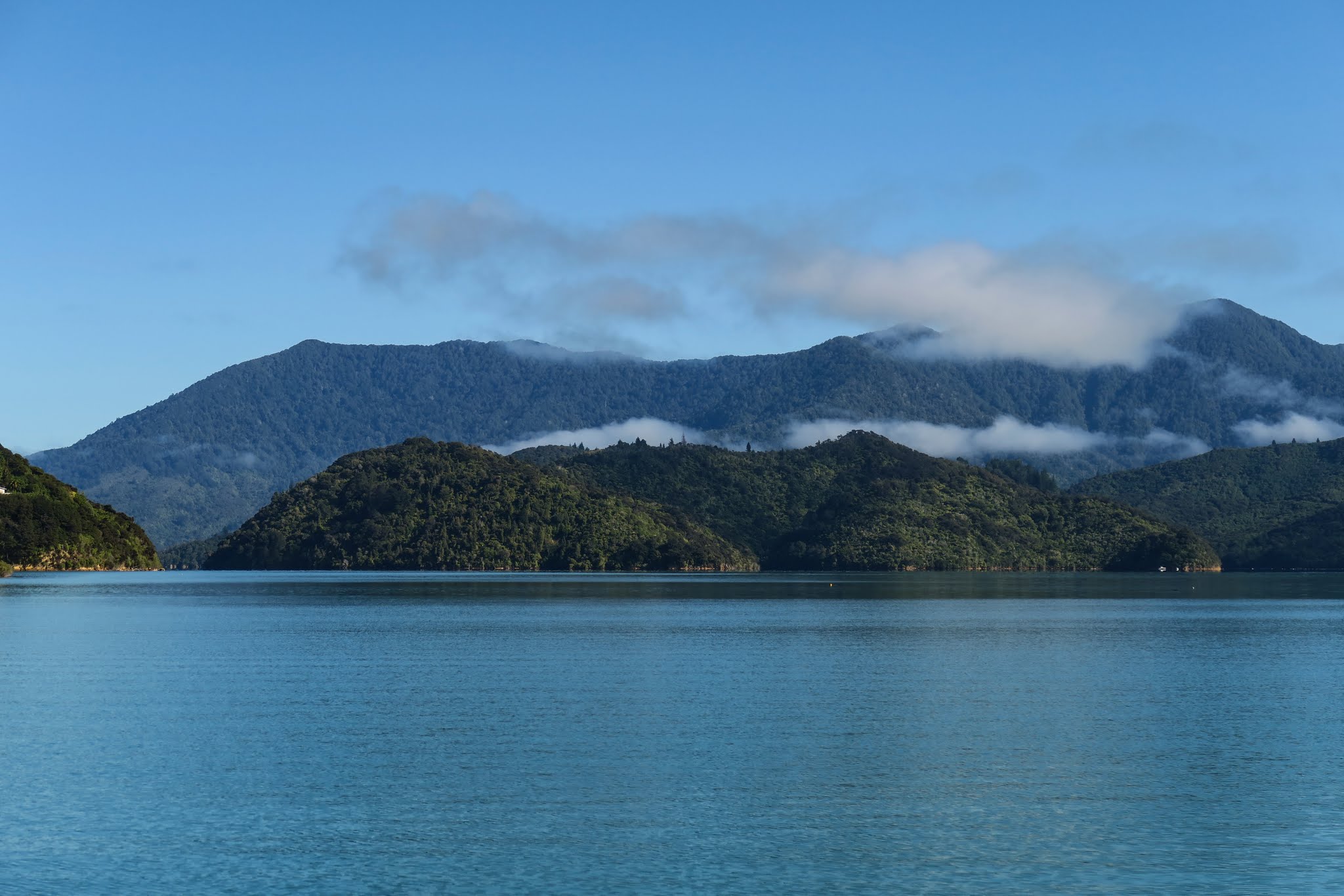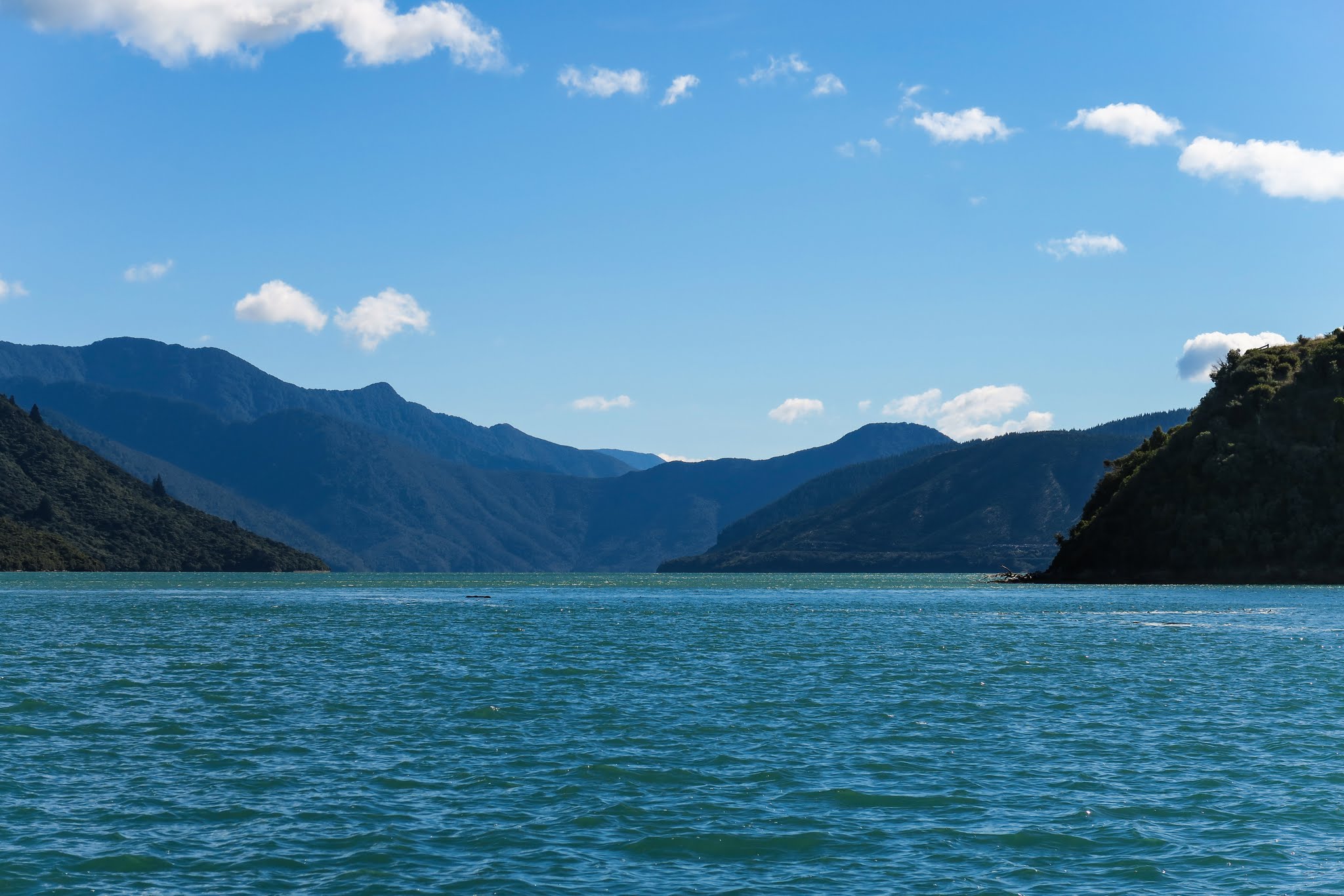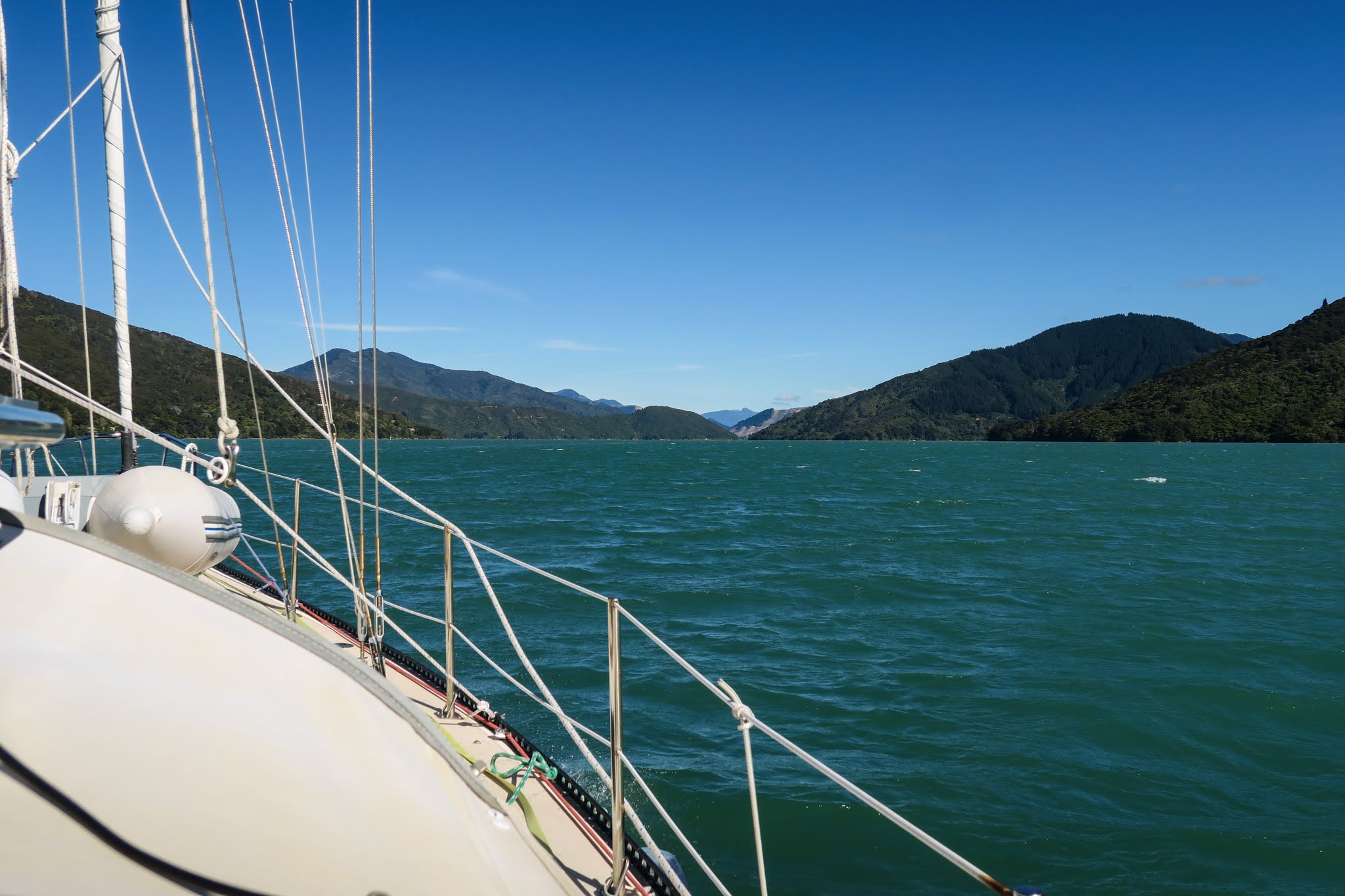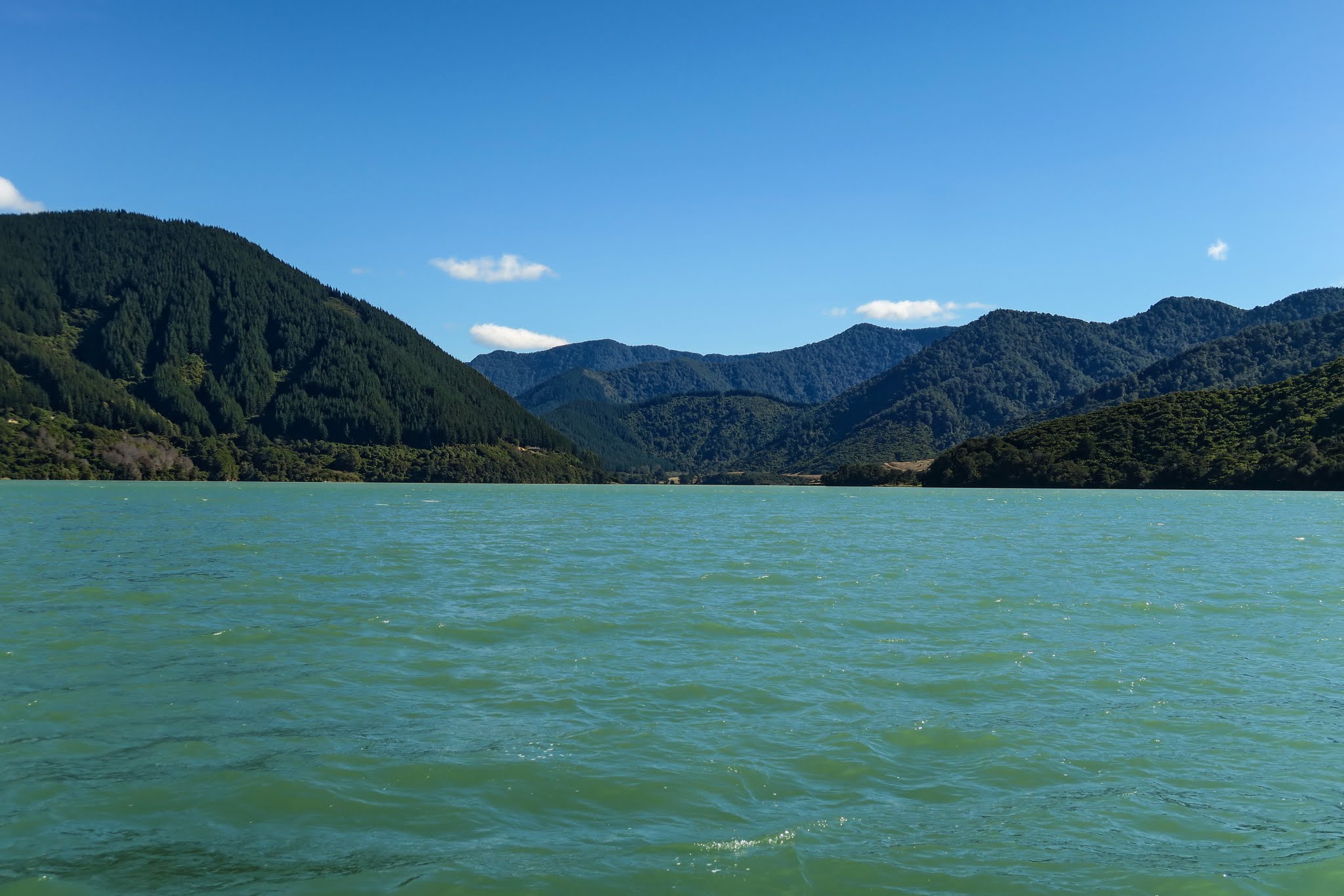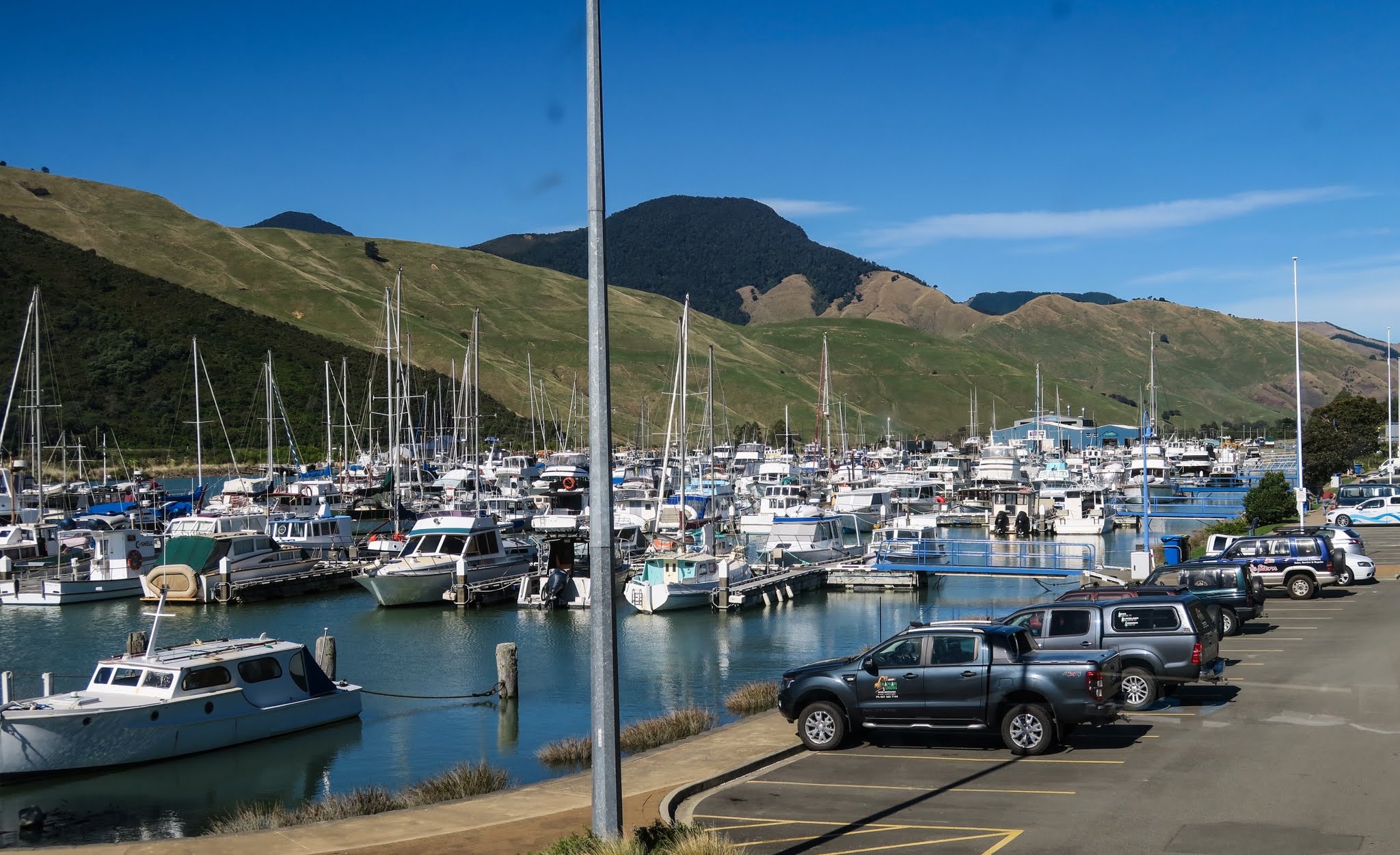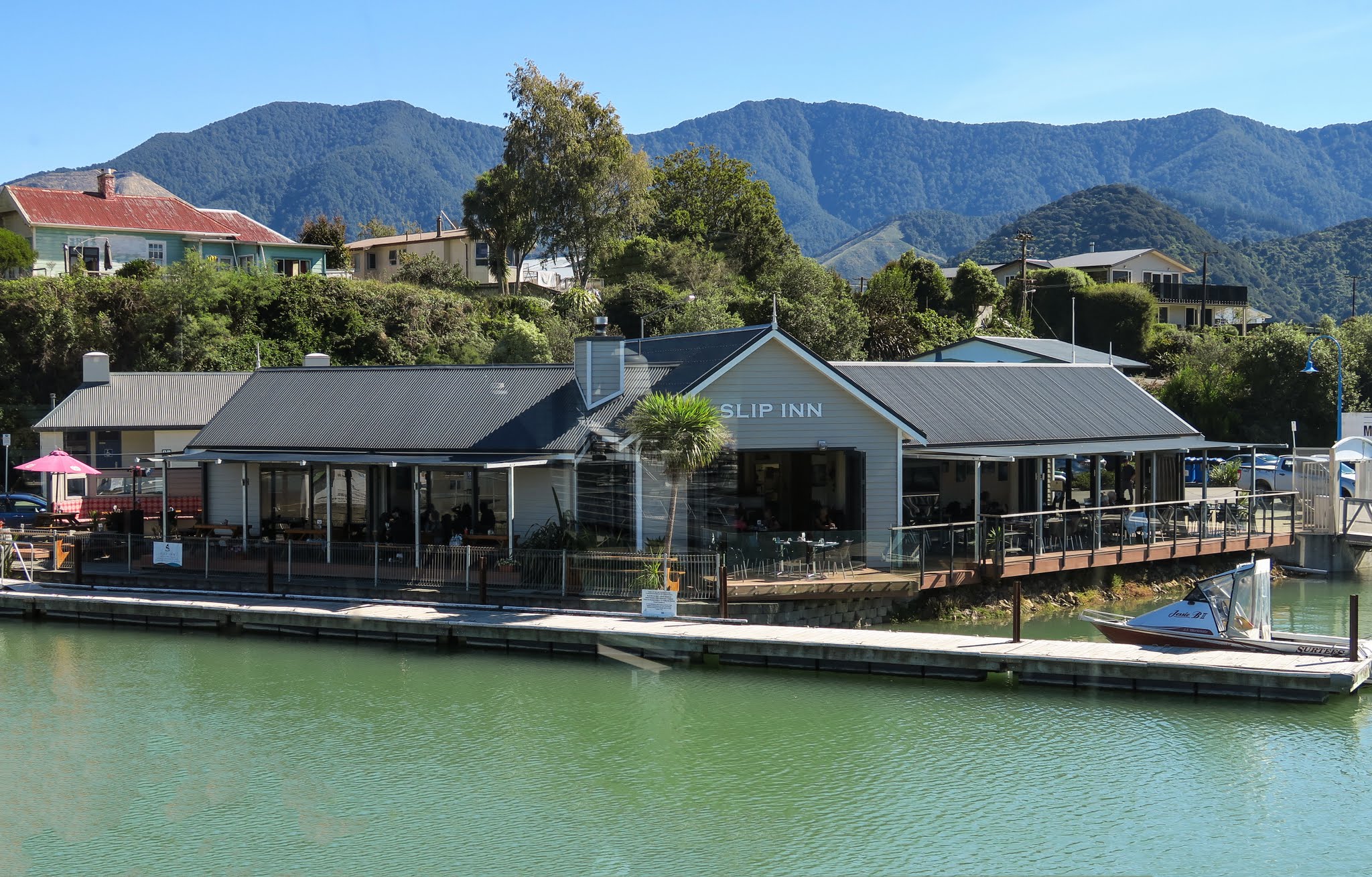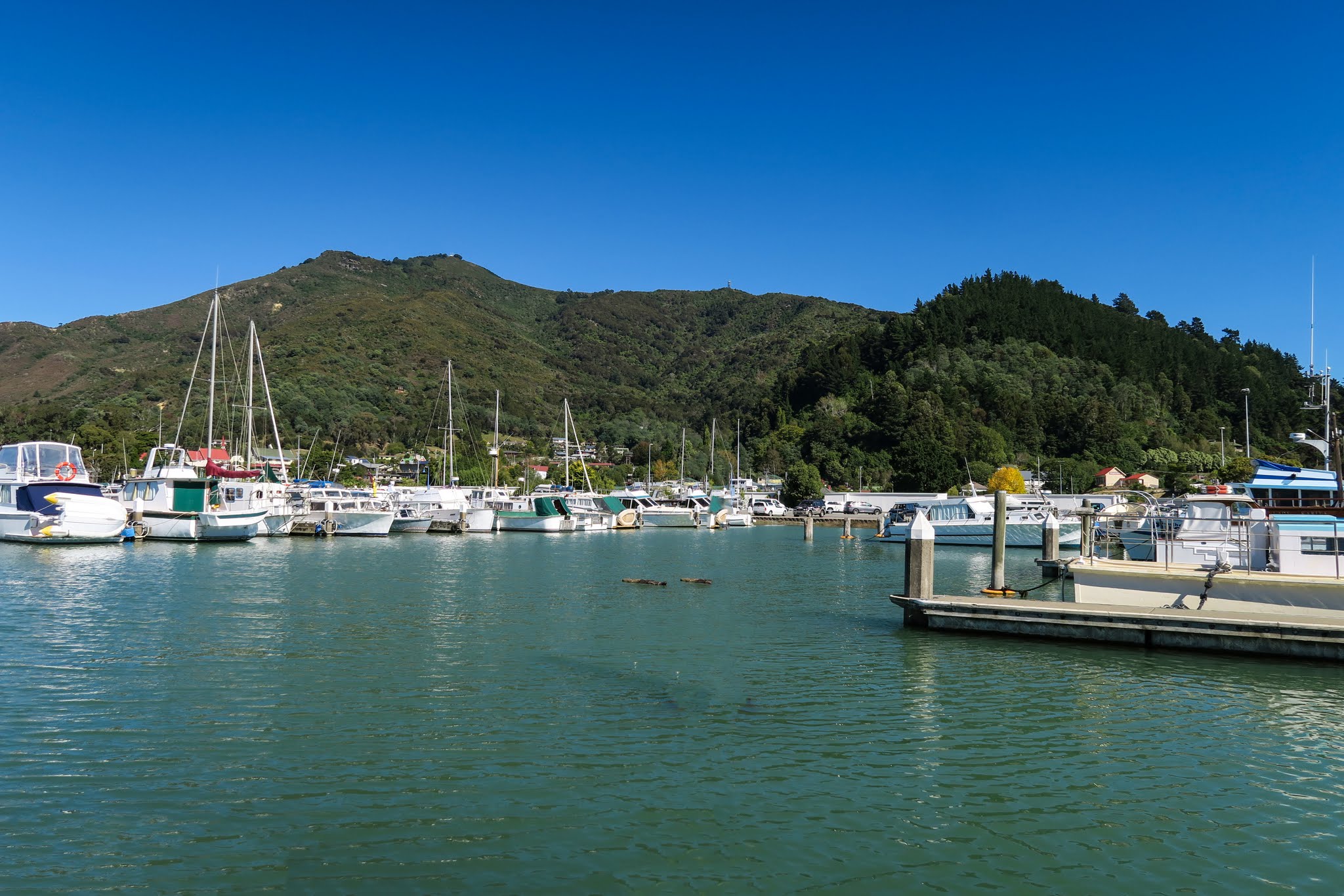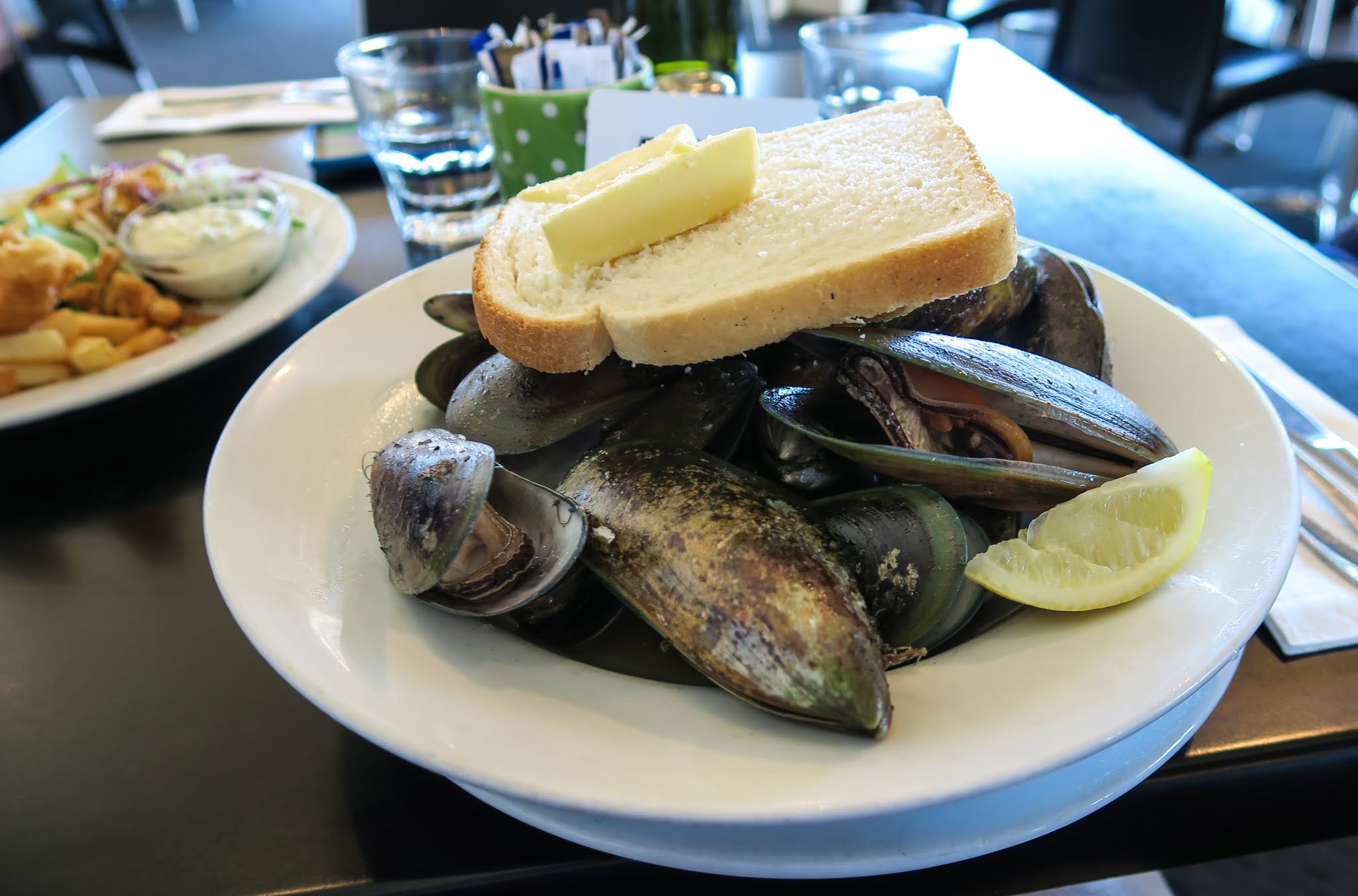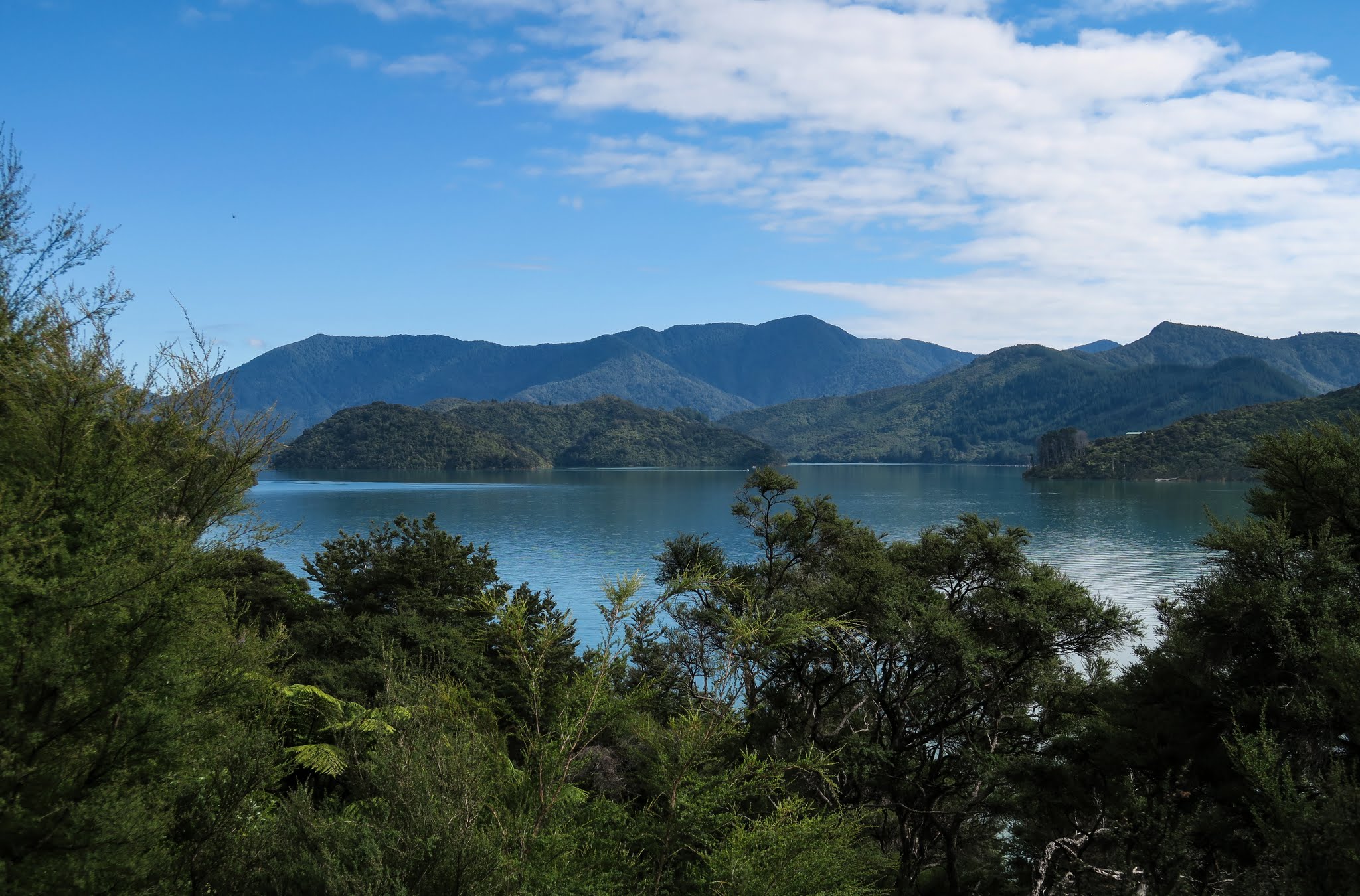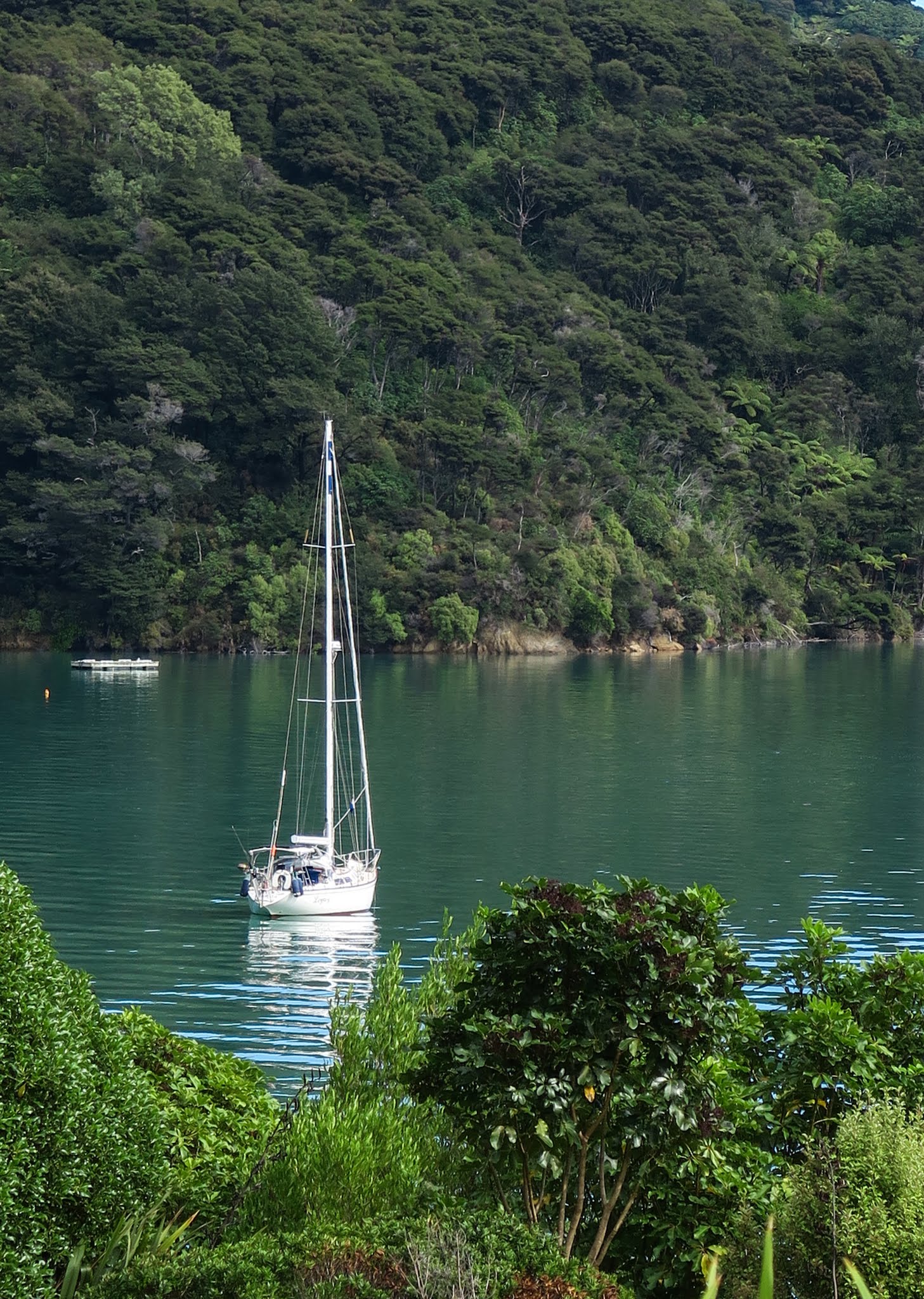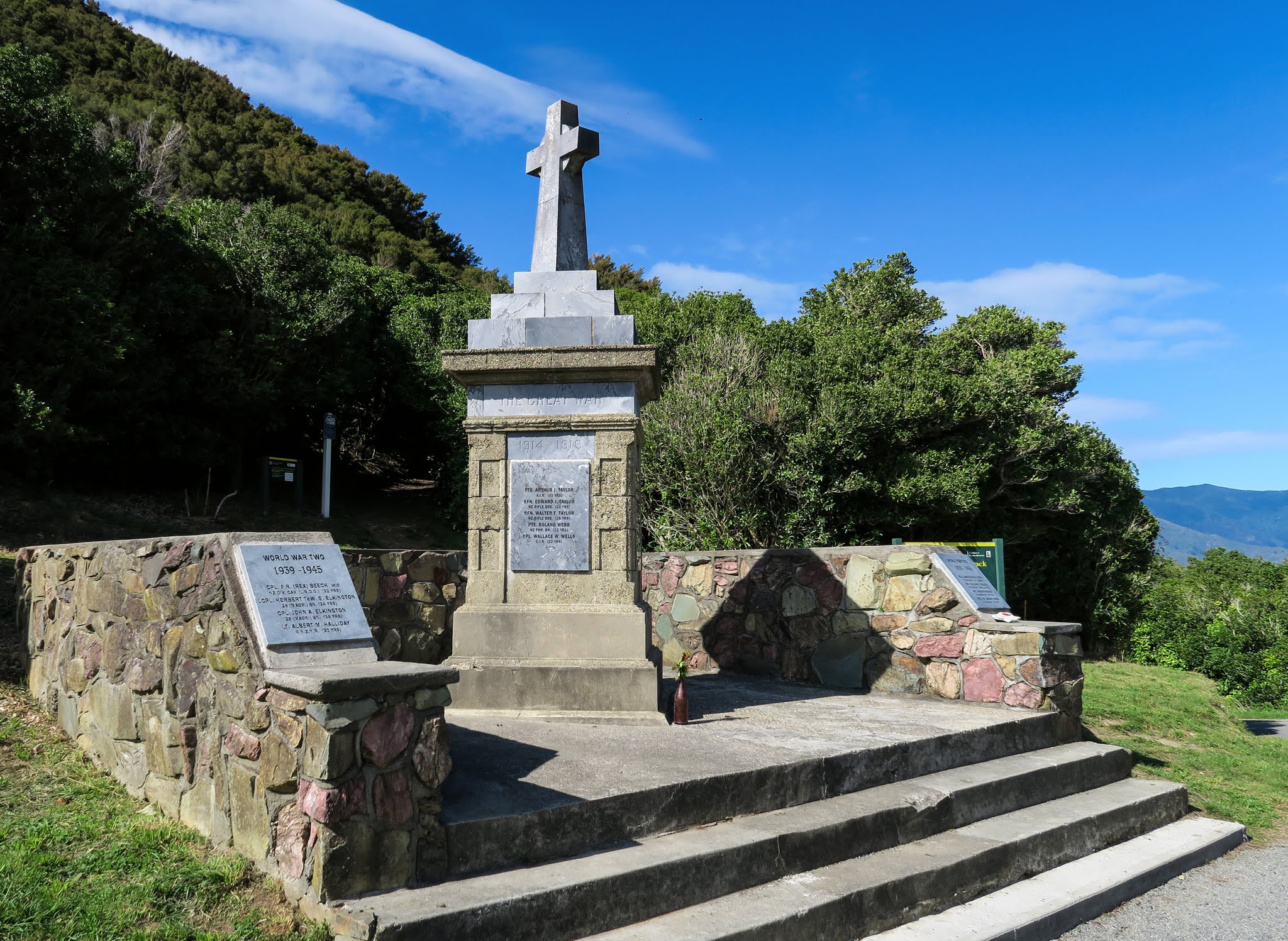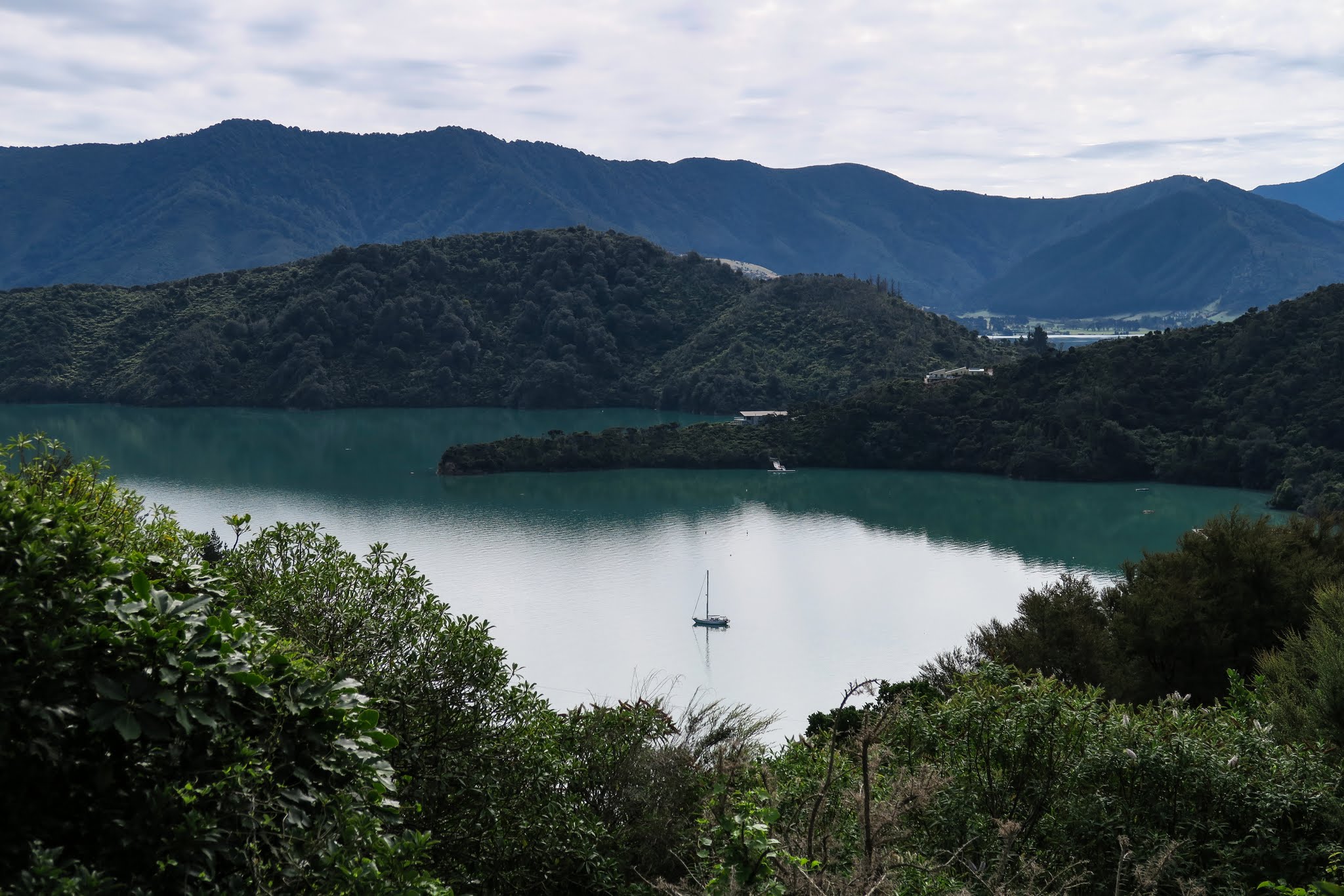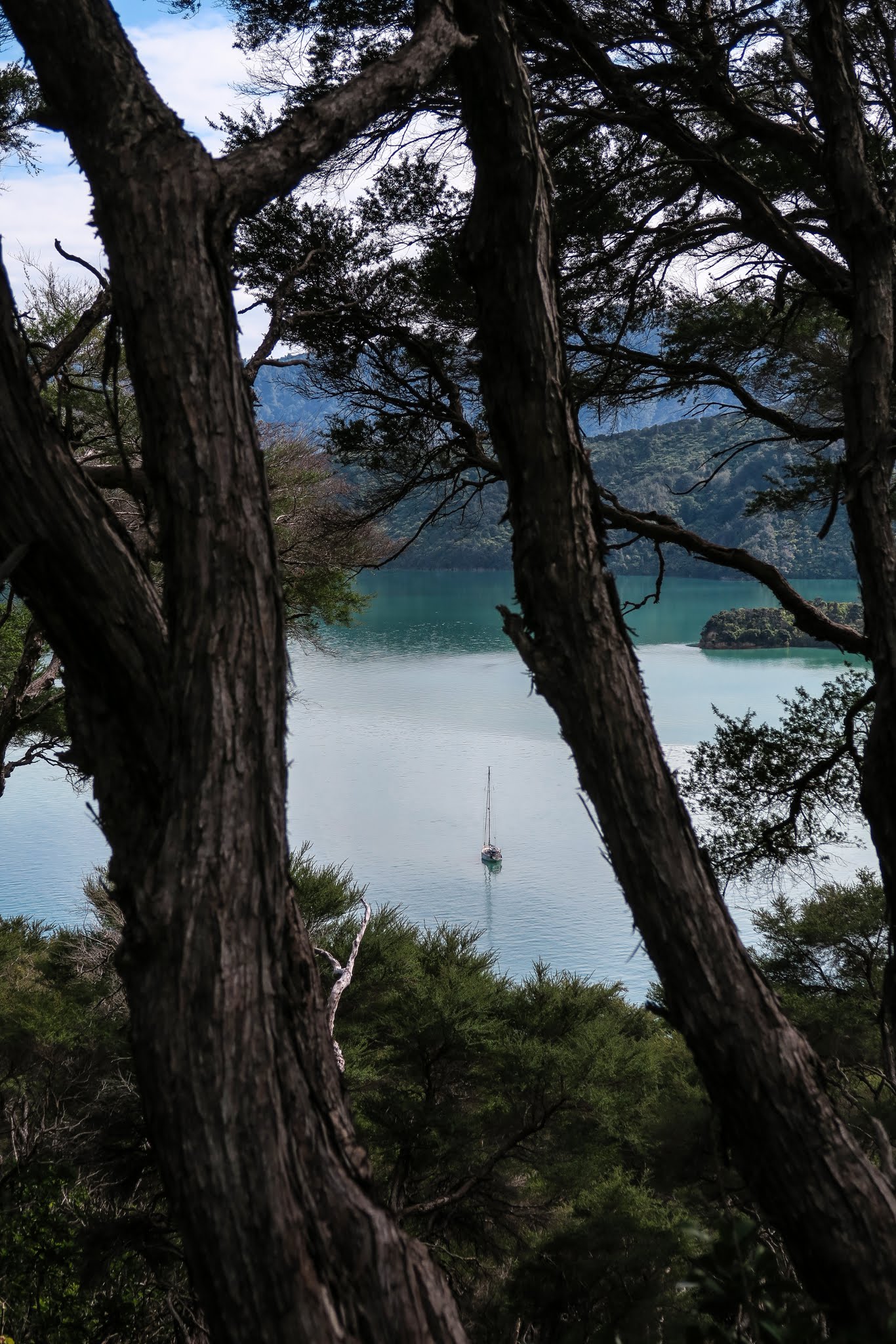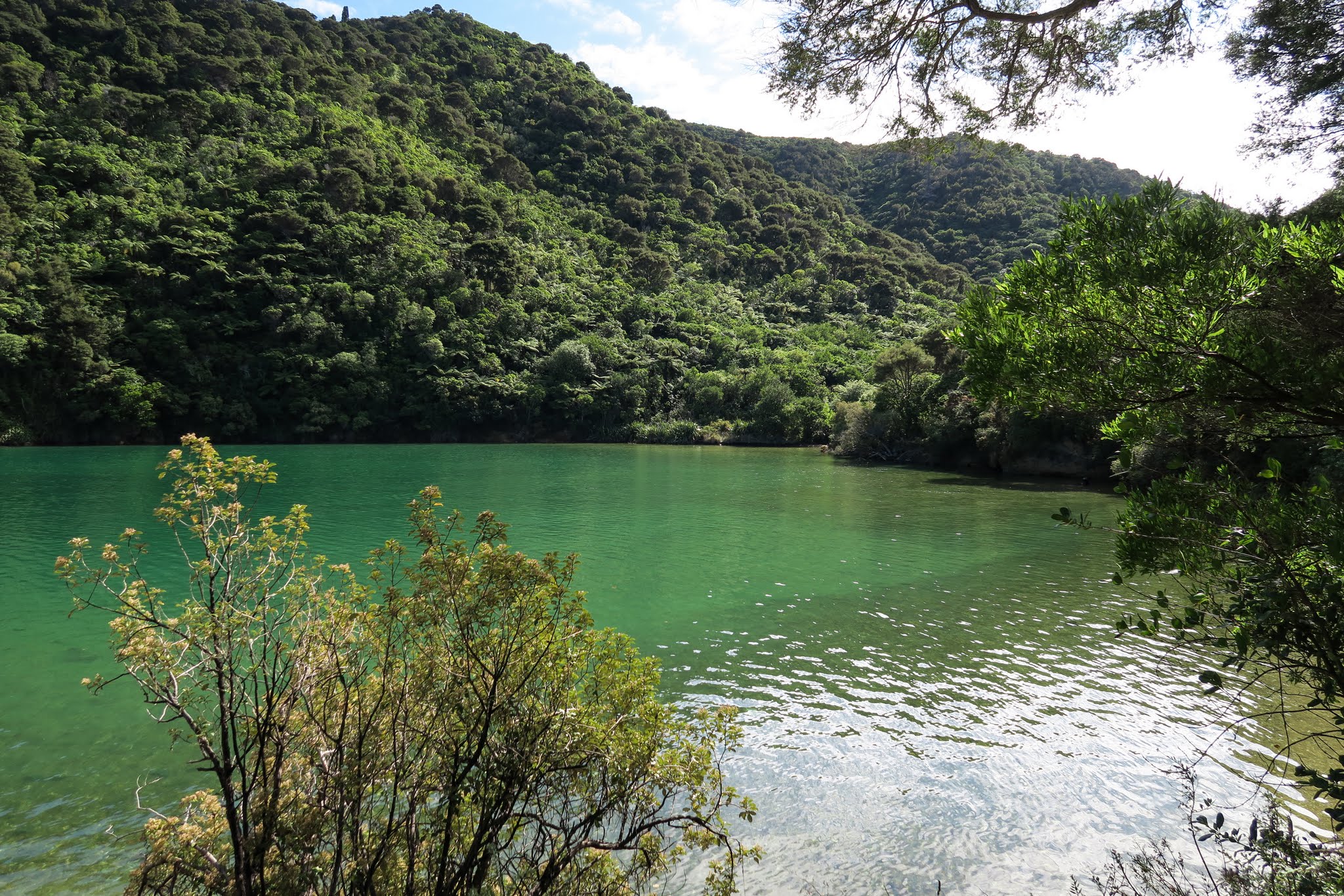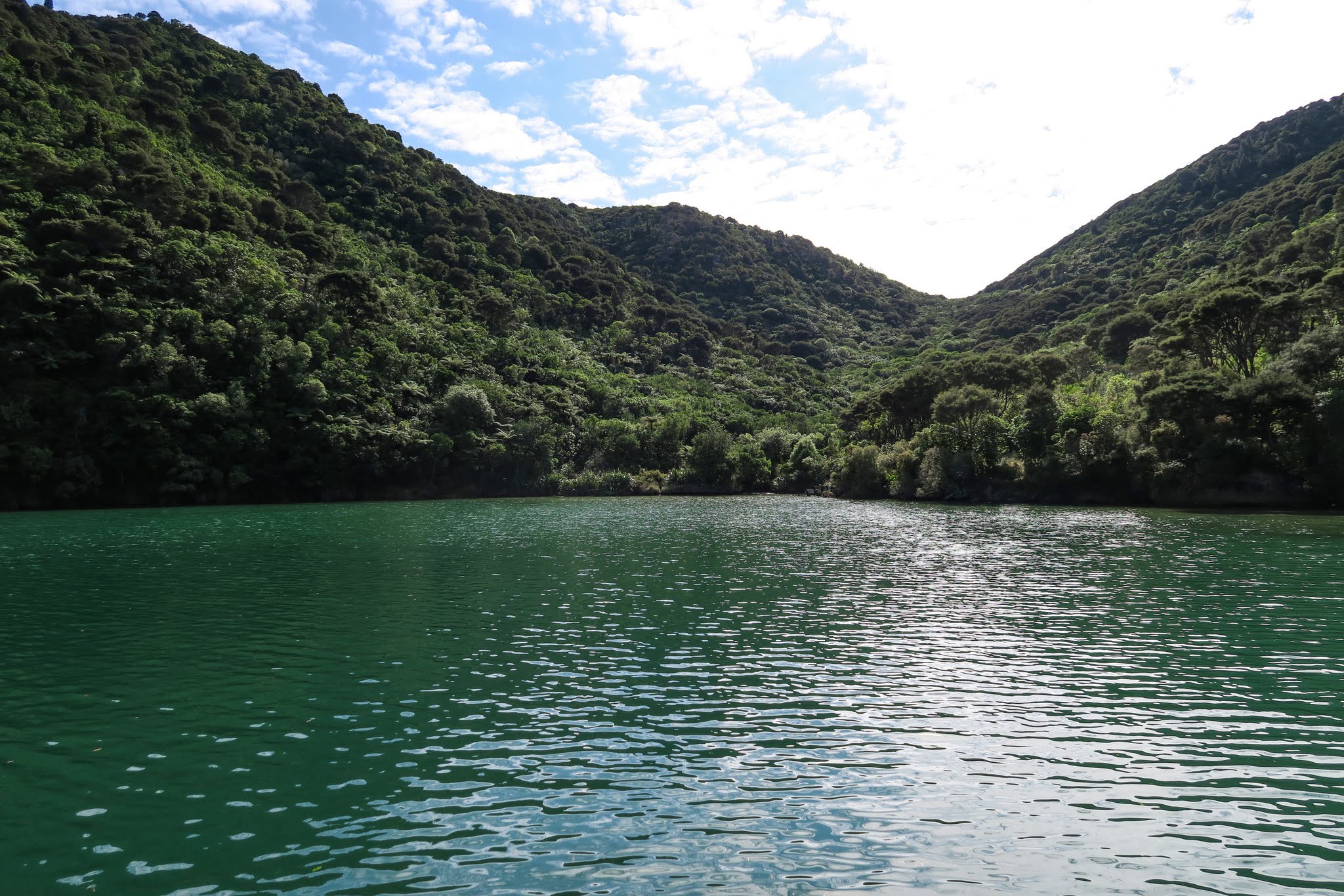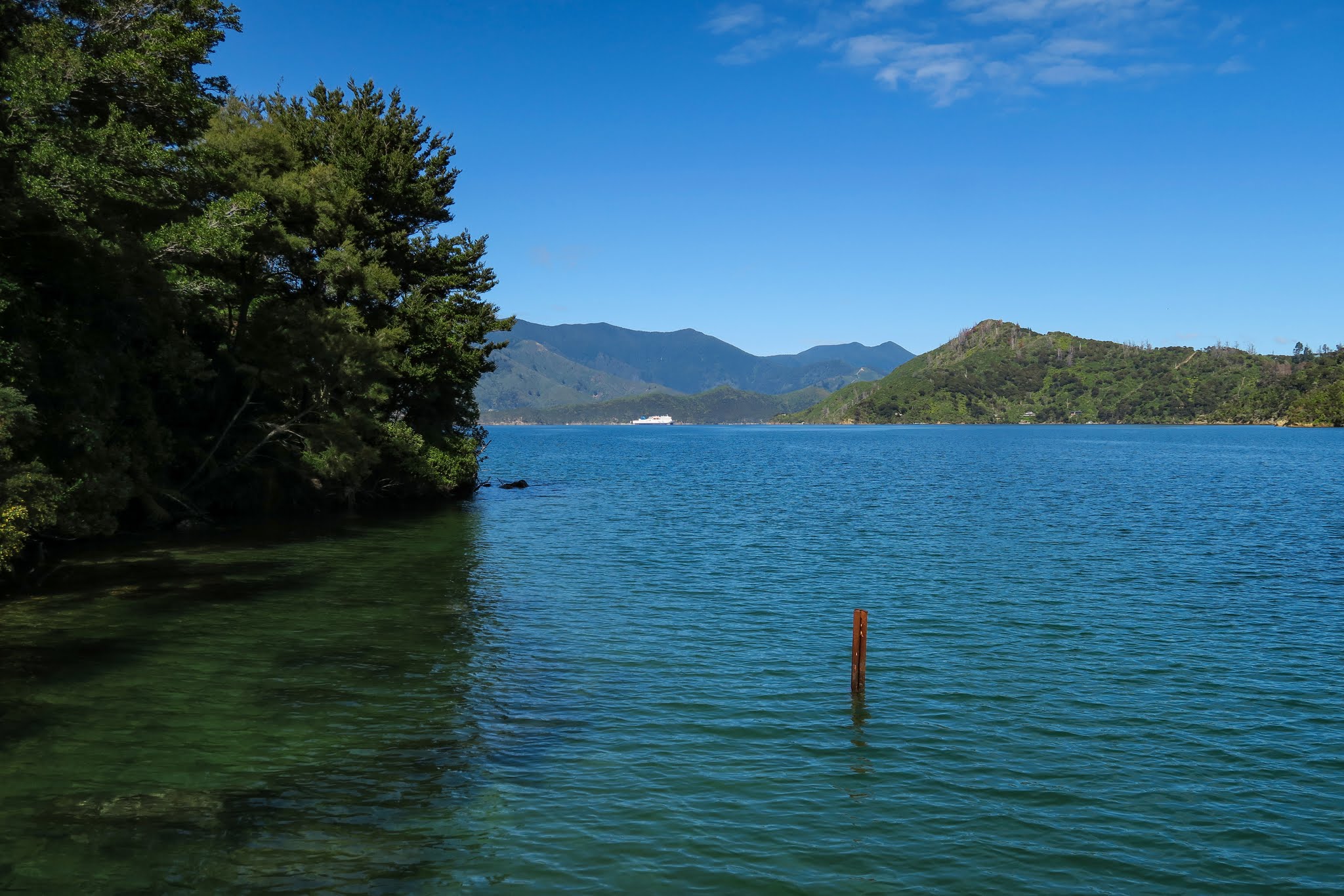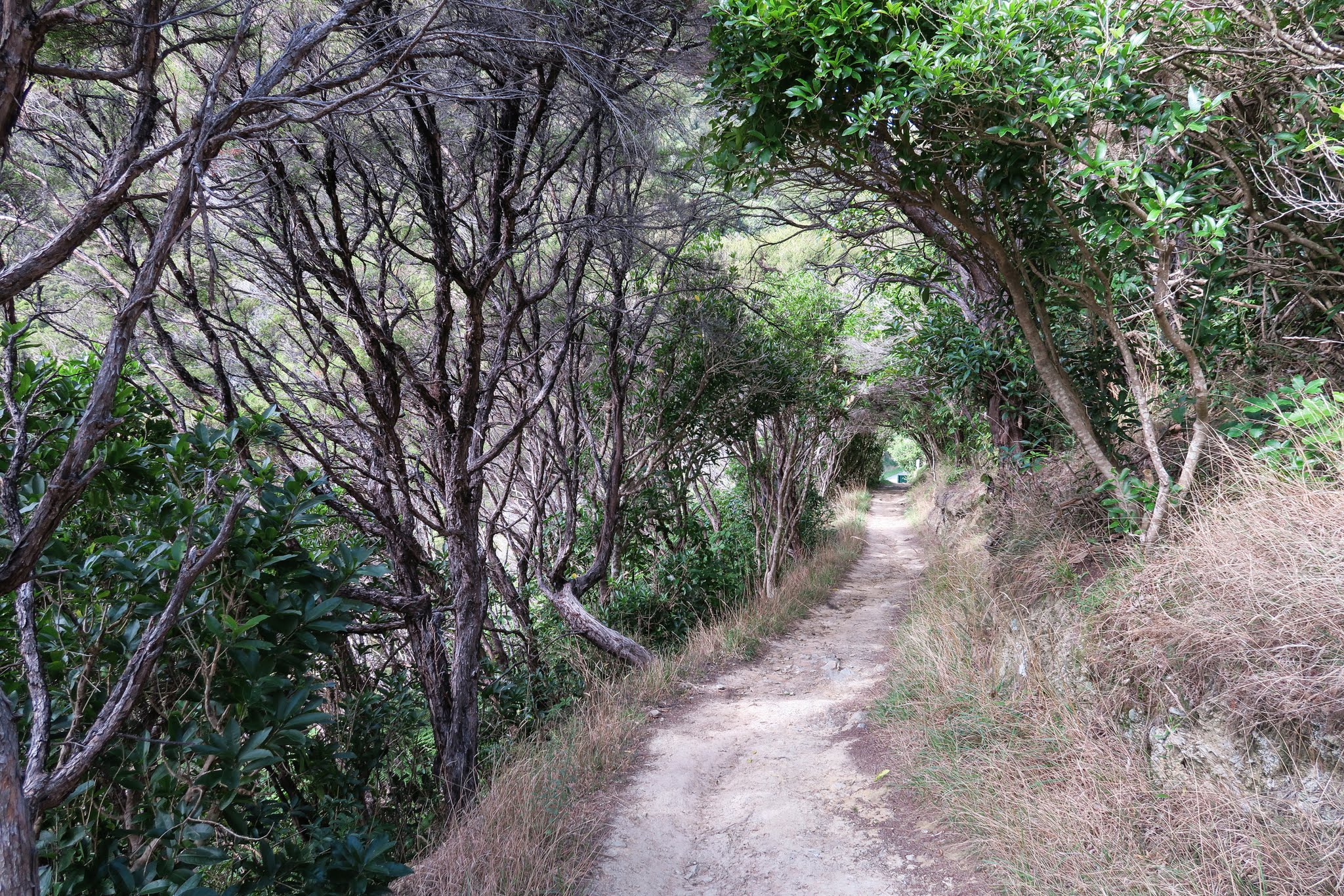April 10, 2016
We pulled up to the resort’s dock and small marina and got our second clue that something was off. The dock looked fine, but the little marina was all torn up. At first we thought it was being refurbished, but looking again we saw no signs of anyone doing any work. There were no tools, no fresh pieces of wood, no personal belongings, nothing. Just scattered piles of the old wood left here and there. Very odd.
We walked up the ramp, and as we headed across the resort’s grounds we noticed something was very wrong here. Places like this need consistent upkeep, and when not cared for it becomes apparent fairly quickly: paint peels, plants become overgrown and scraggly, weeds pop up, and things in general start to decay. This seemed to be happening here; everything around us seemed to scream “bankruptcy!” We walked by their casual bar and restaurant (not the dinner one we’d booked) and saw it was closed. Permanently. At this point the place felt a little creepy; the sort of place where you wouldn’t be surprised to see a zombie suddenly lurch around the corner. The area felt like it had been abandoned very suddenly, never a good thing in the movies!
We walked by the pool, shocked at how small it looked compared to their website photo, but at least someone was keeping it clean. We walked to the main building and restaurant and onto their back deck. The doors were open, but there were no signs of human life. The place was bizarrely furnished: the 50’s meets bad 60’s garage-sale discards. The chairs in the separate main dining room looked like they’d been lifted from a doctor’s office waiting room. Rich announced, “It stinks in here!” I had to admit it smelled odd, that smell of too much history and two few deep cleanings. But I wasn’t giving up–after all, this was the famous Portage! We found a dinner menu and examined it. It was expensive, but it’s the Portage! Rich, not influenced by history, was not excited about the prospect of eating at the Portage. I suggested we’d do some research, including asking anyone we came across on the trail if they’d eaten here and liked it. We walked out the front door, still yet to see anyone working at the hotel.
We started up the little road that goes over the hill and ran across a local couple staying at the campground. When we asked about the restaurant, and they said the Portage had closed down. When we told them no, we’d called and made a reservation for dinner (and earlier talked to someone who’d booked a room), they were surprised. As far as they understood, the Portage had tried to go upscale but it didn’t work. They lost too much money and had gone out of business. While this is only hearsay, it explains a lot. My theory is that they thought they could do some redecorating, including something trendy like a “retro bar,” and up their prices. Someone, probably a family member, liked to decorate and would do it for free. The results were disastrous.
It seems now they’ve barely survived but are limping along on life support. What they need is a large influx of cash to do repairs, renovations, and professional interior design. What I fear is that they’ll try to stay in business and slowly make enough money to do the most basic repairs, thinking they can get back to where they were before the fiasco. (Doing a little research just now, I see it’s for sale and has been for quite a while. They must be asking for too much money.)
Sometimes it takes a long walk to help with making a decision. On our hike, I realized that the place I was so excited to visit only exists in the past. What remains now is not that place. When we came back, I told Rich I wanted to go look one more time to make sure of my decision. We went into the Retro Bar and looked around. My last worry was that the place might still have a great chef, and it would be a shame to miss a special meal. But I realized that even if it were a fantastic meal, it would be hard to enjoy it fully it in these strange surroundings, and impossible to enjoy with the (impossible to deny or ignore) bad smell. I told Rich to go ahead and cancel our dinner reservation.
Maybe someday the Portage Resort will be revived, and if so, maybe we’ll go back. But for now, it was time to let it go. –Cyndi
Below, a gallery of photos of the Portage Resort Hotel. Click to enlarge and scroll.

